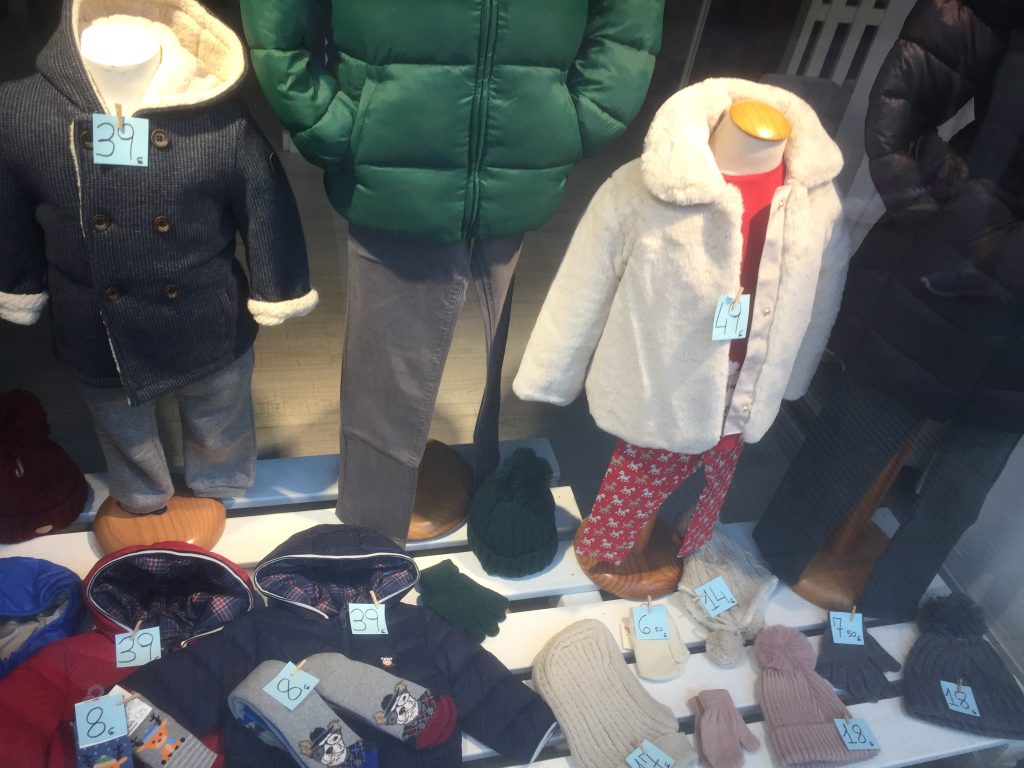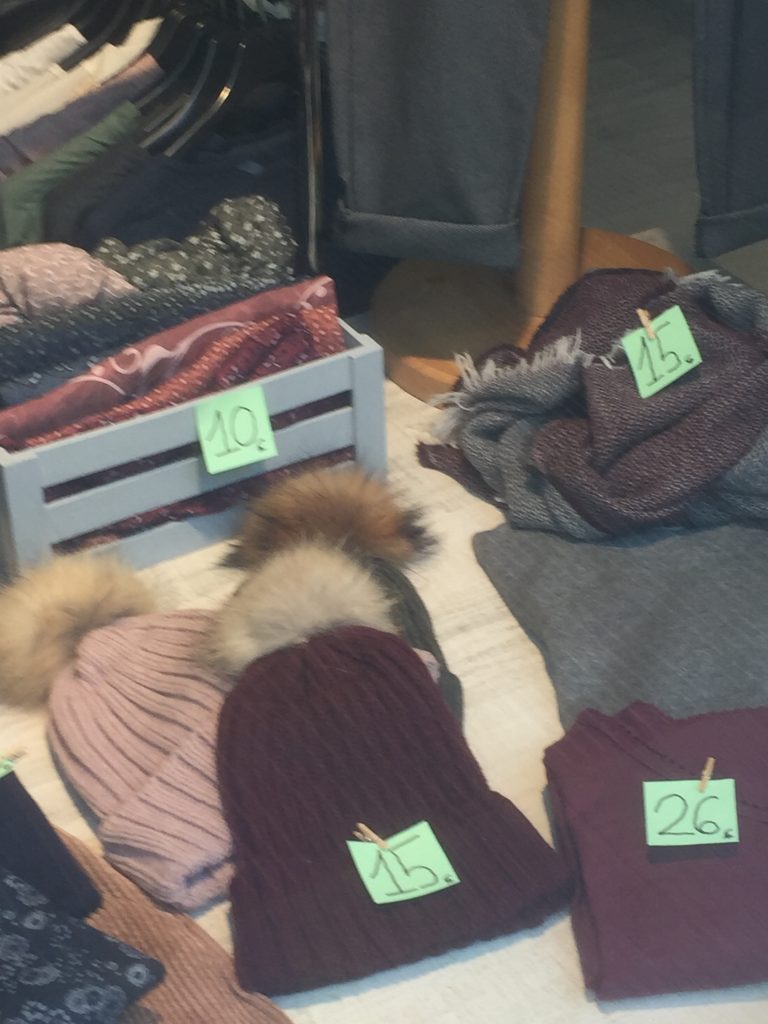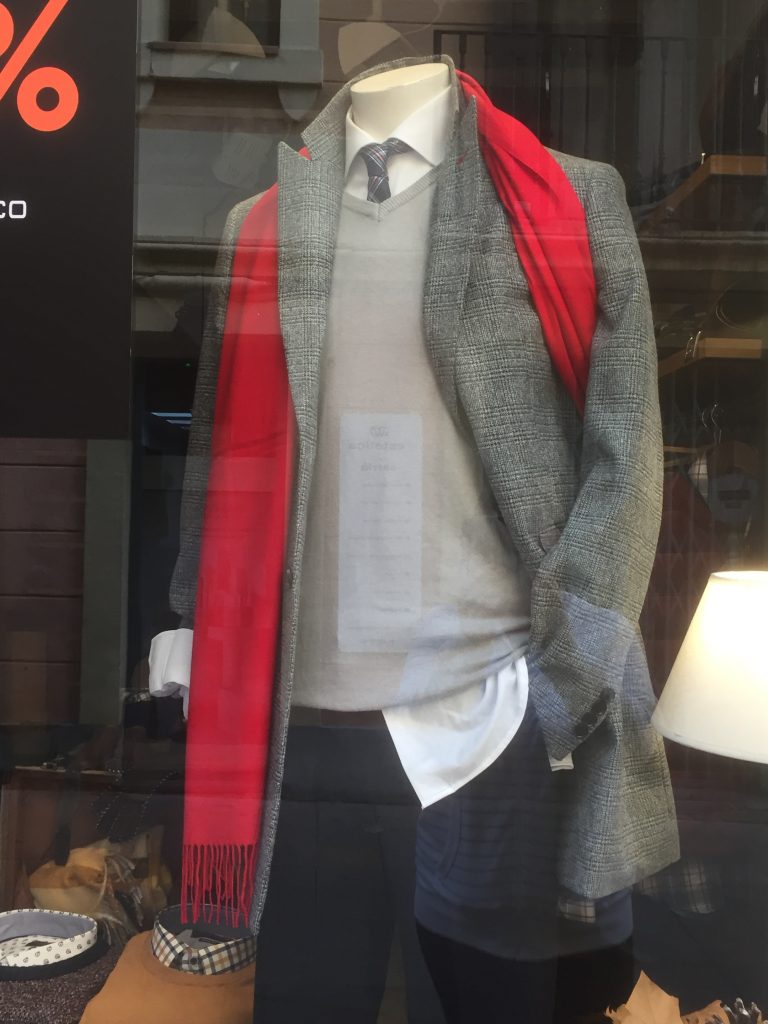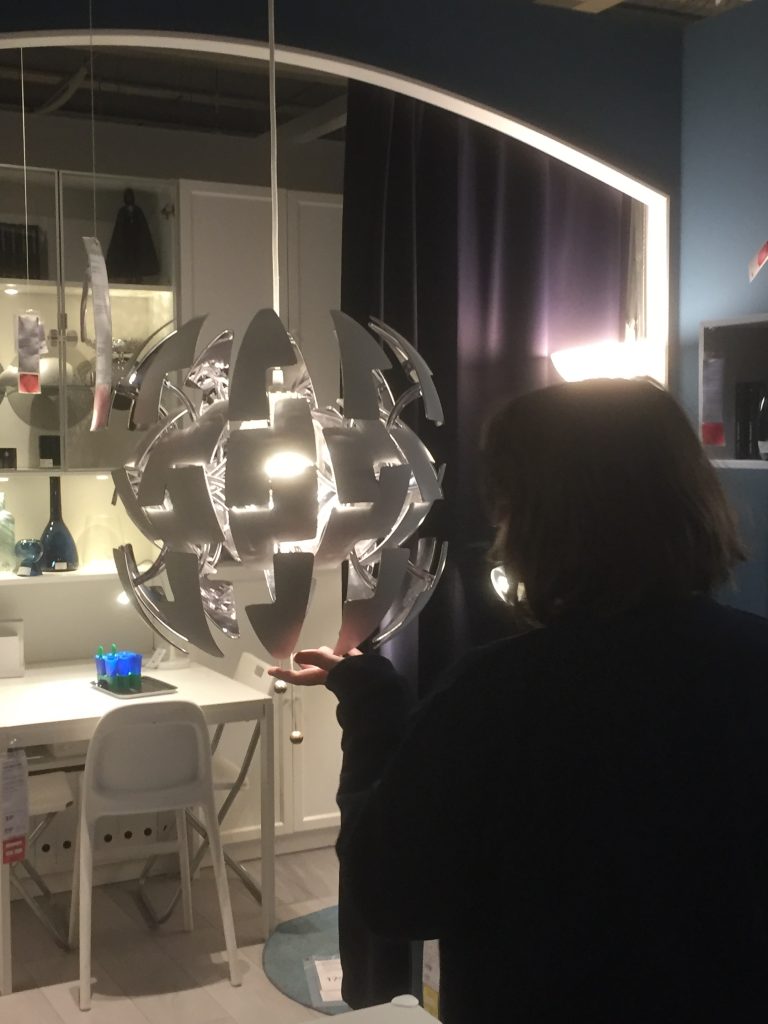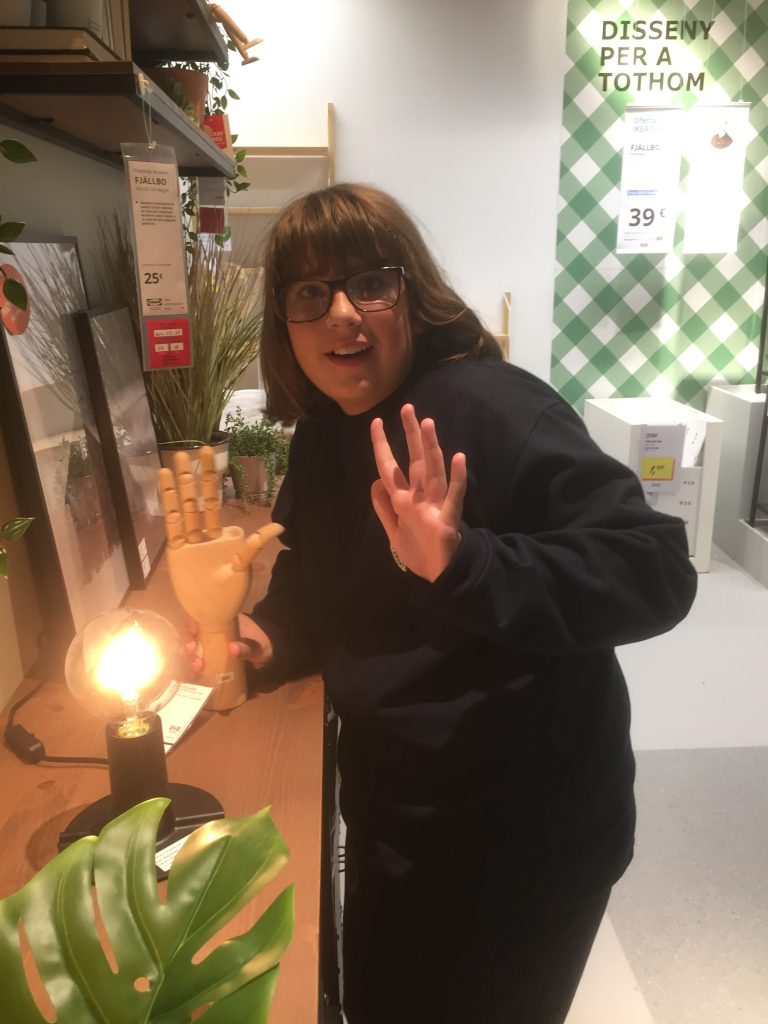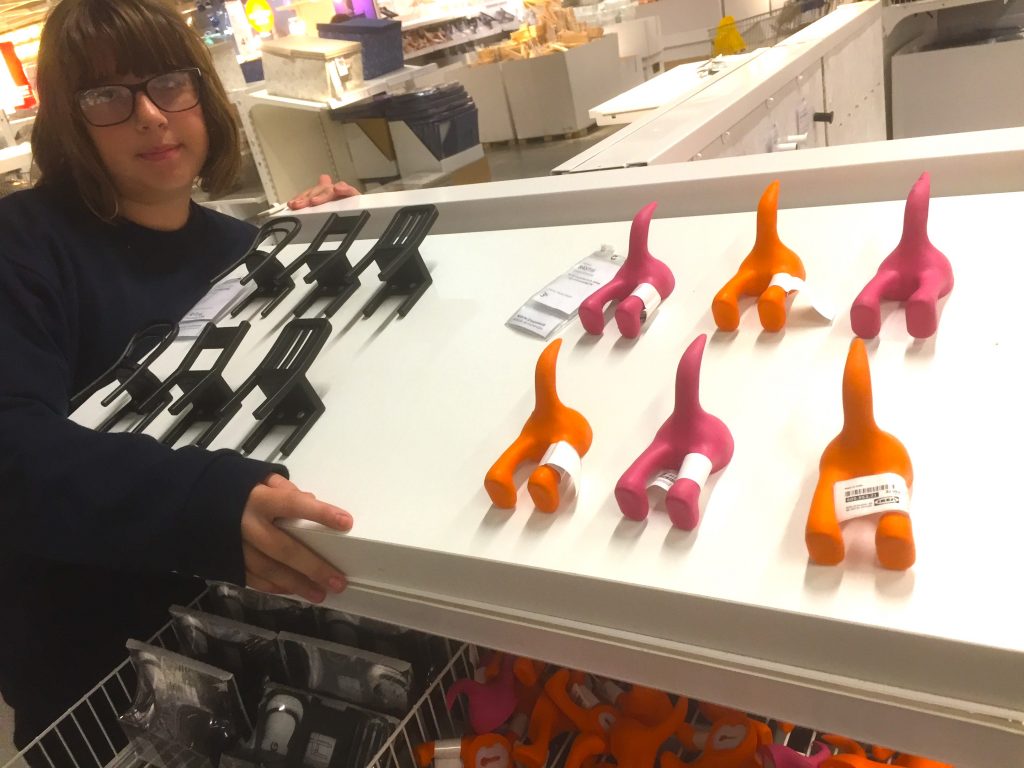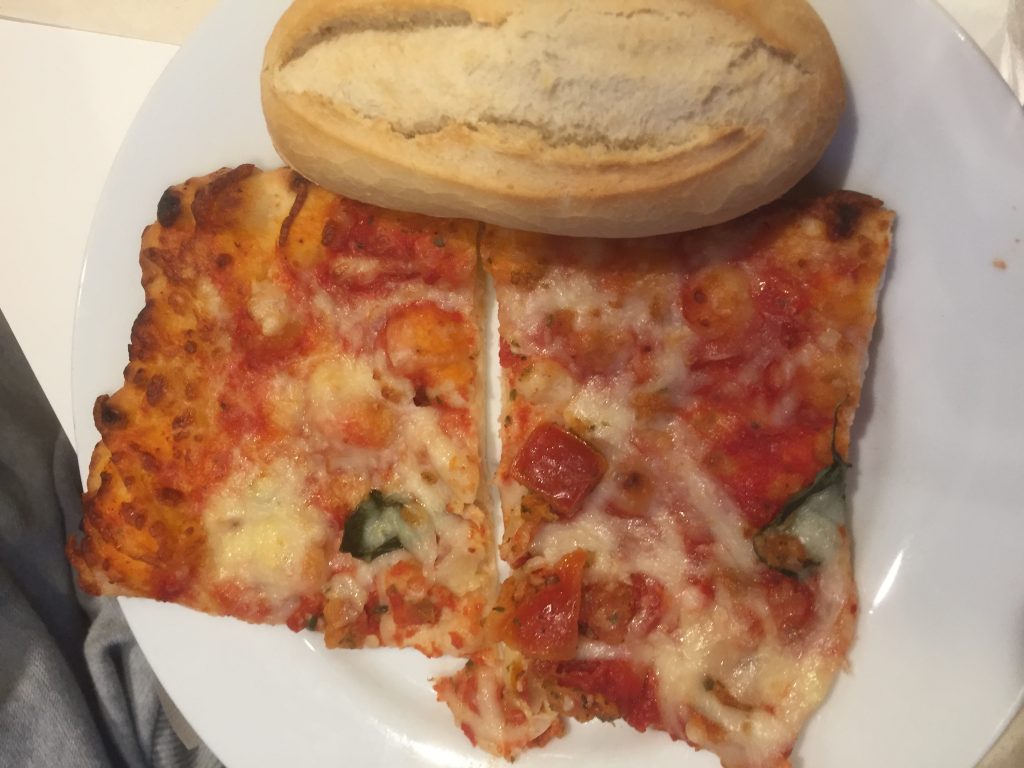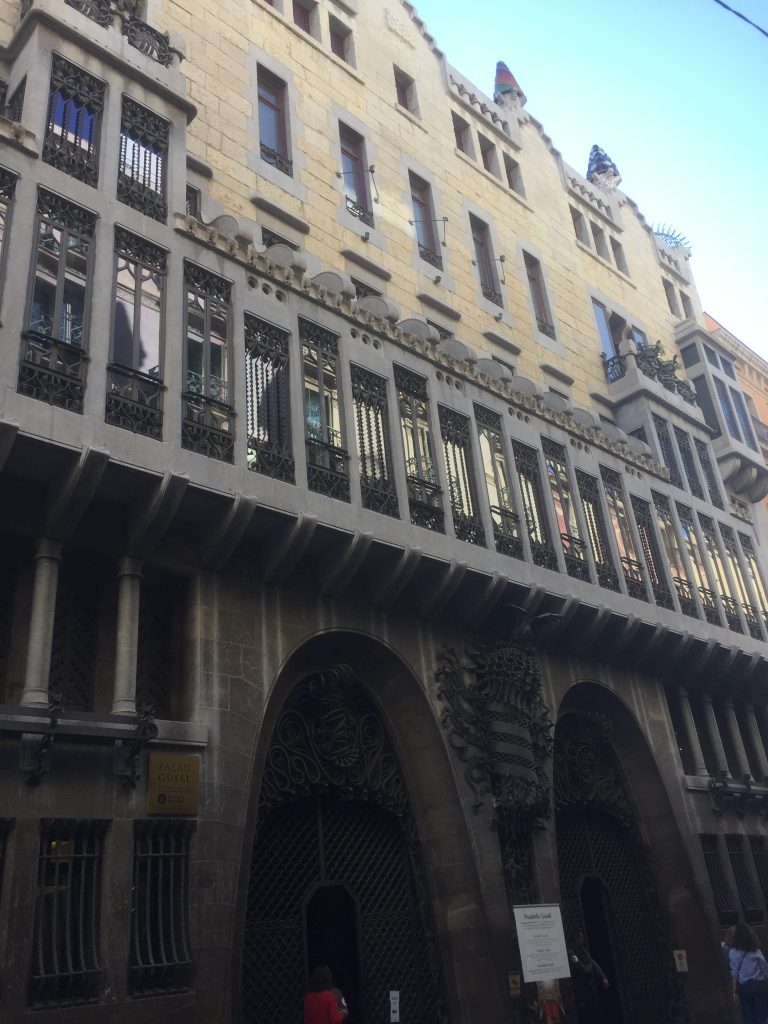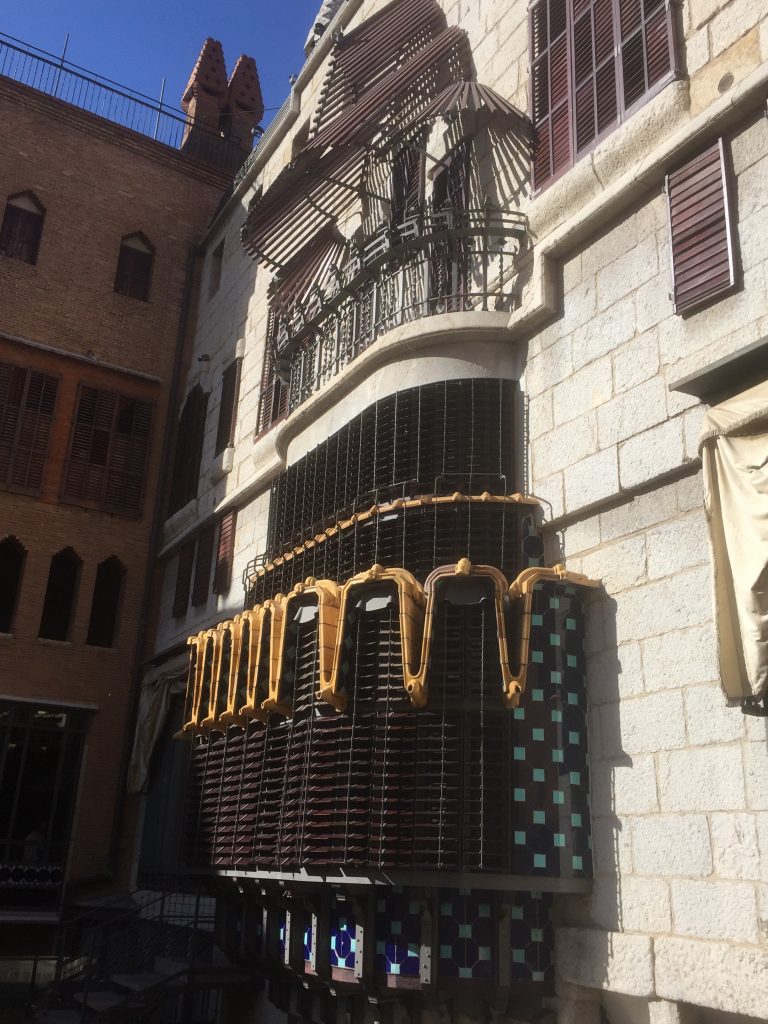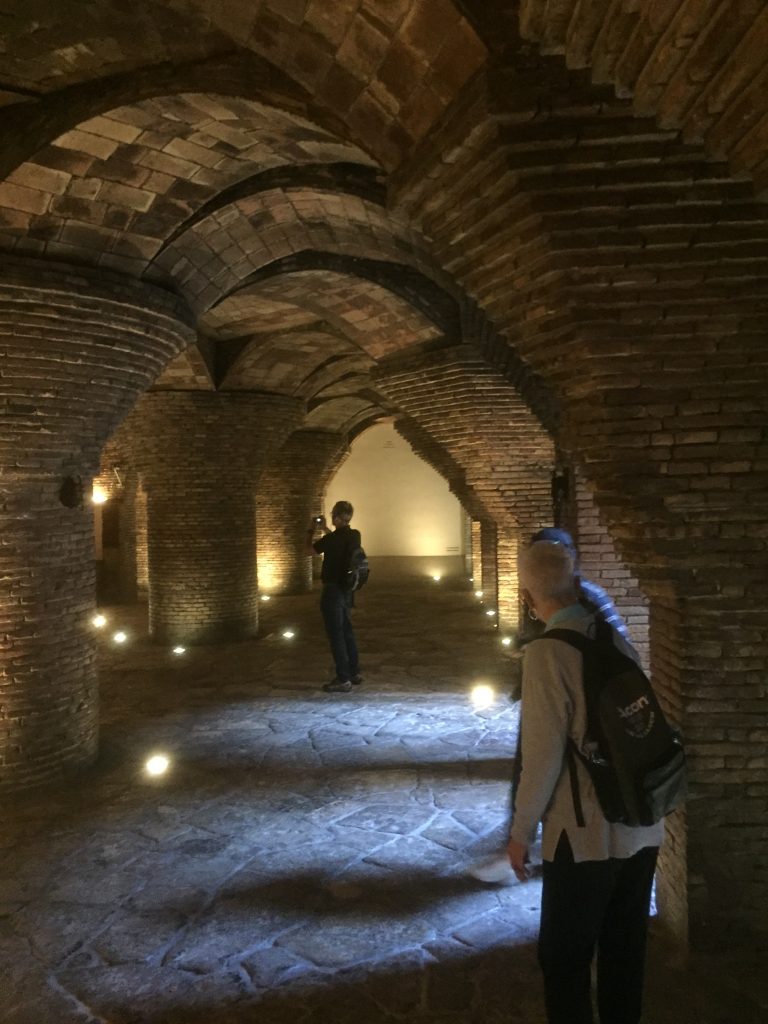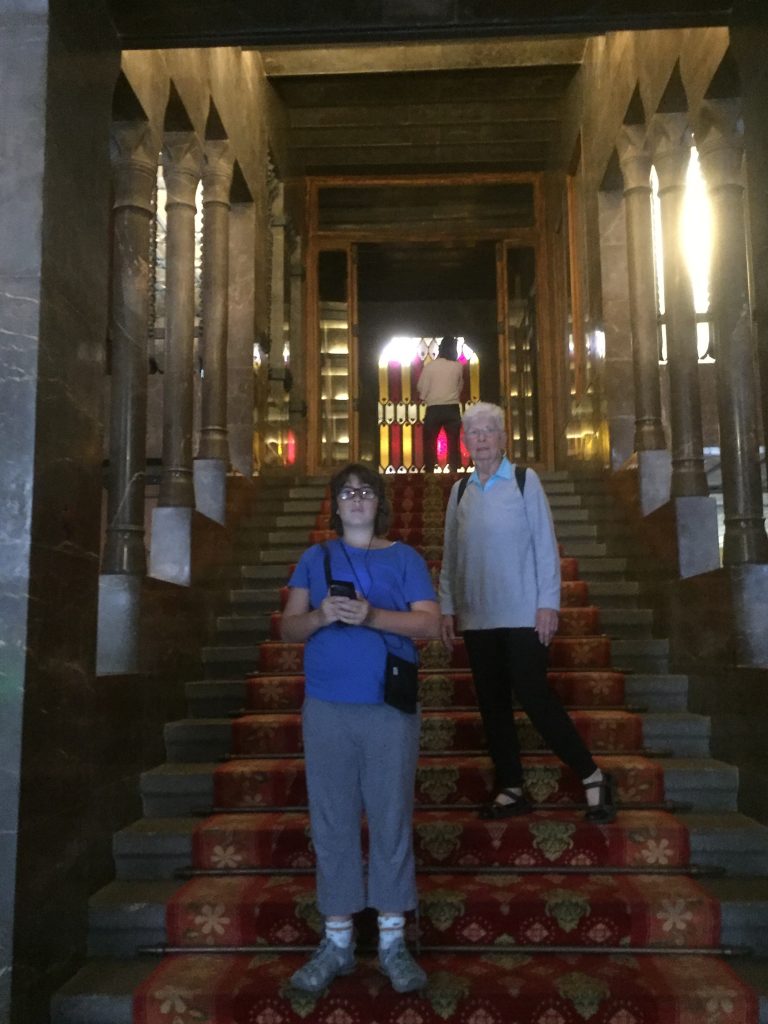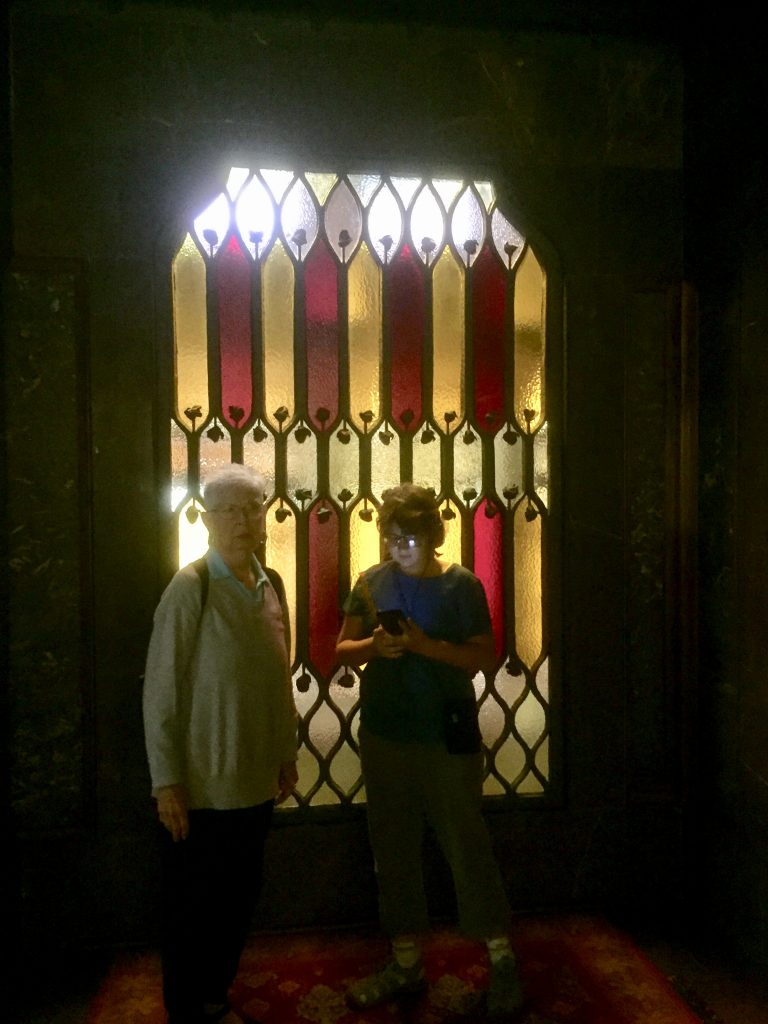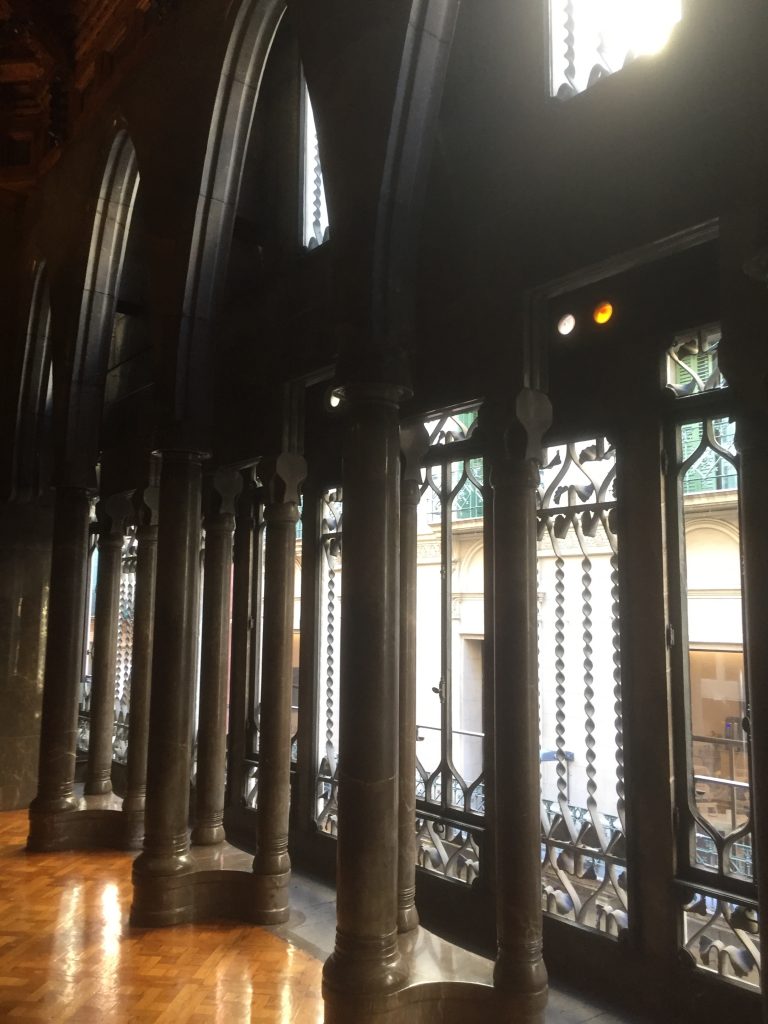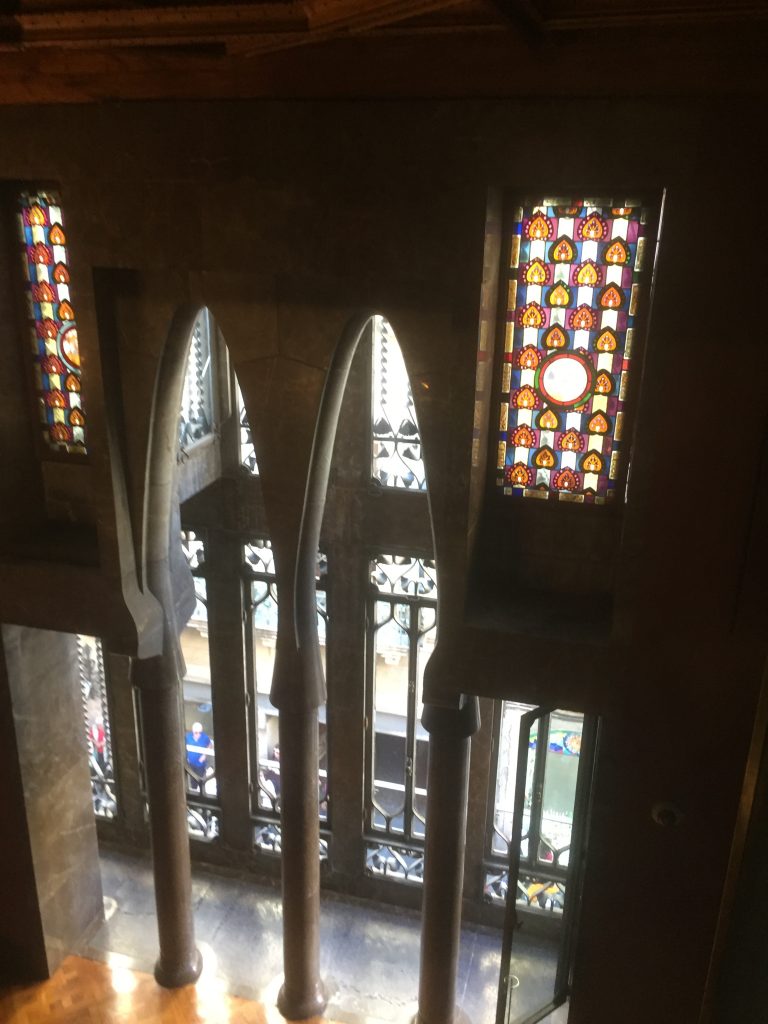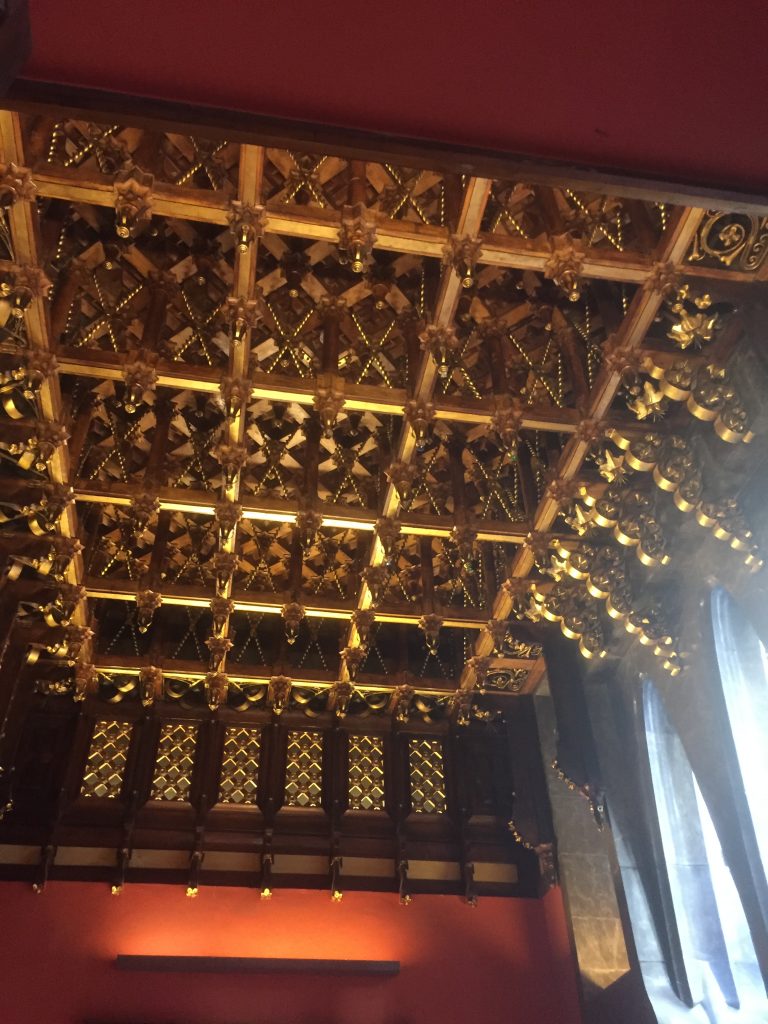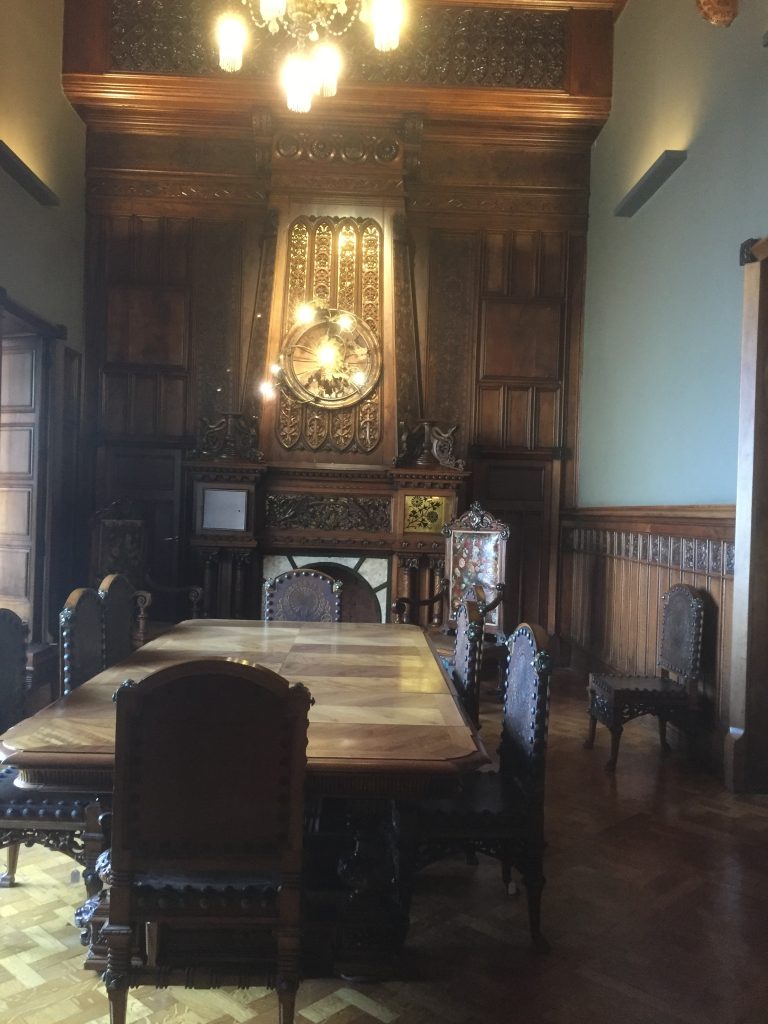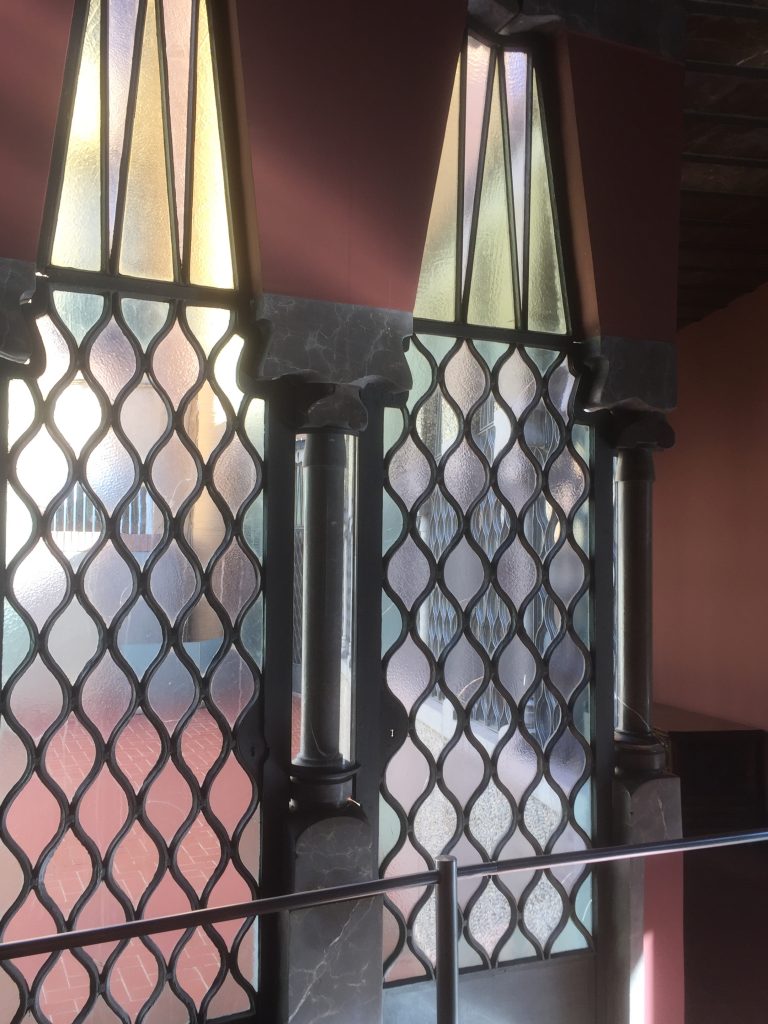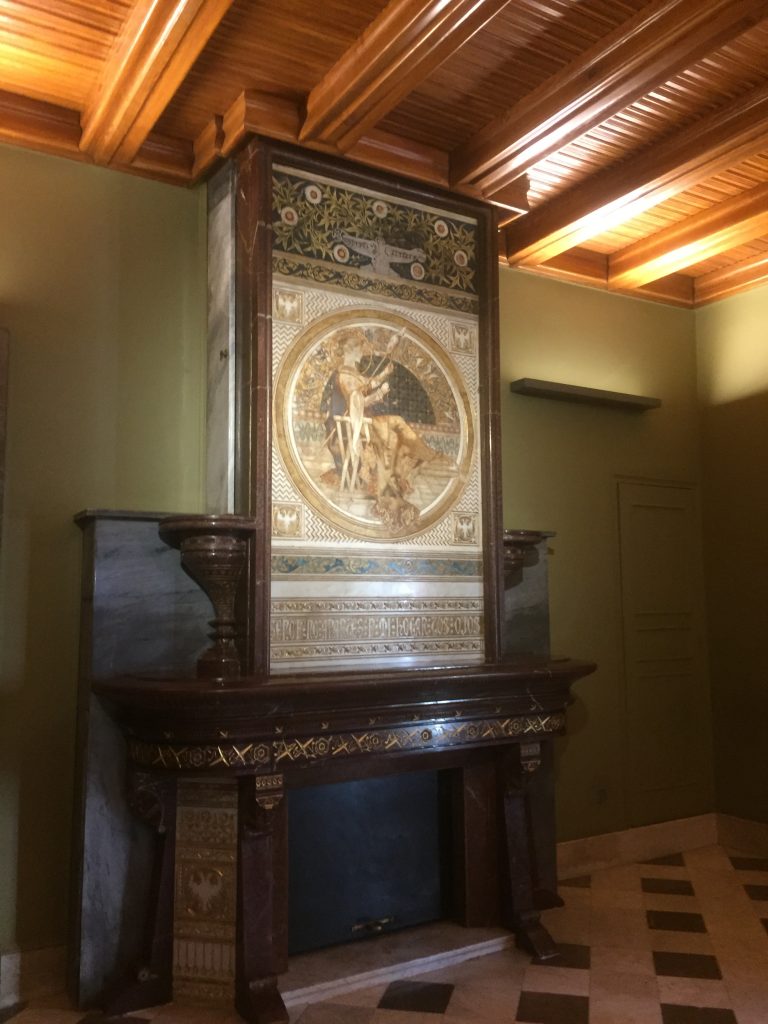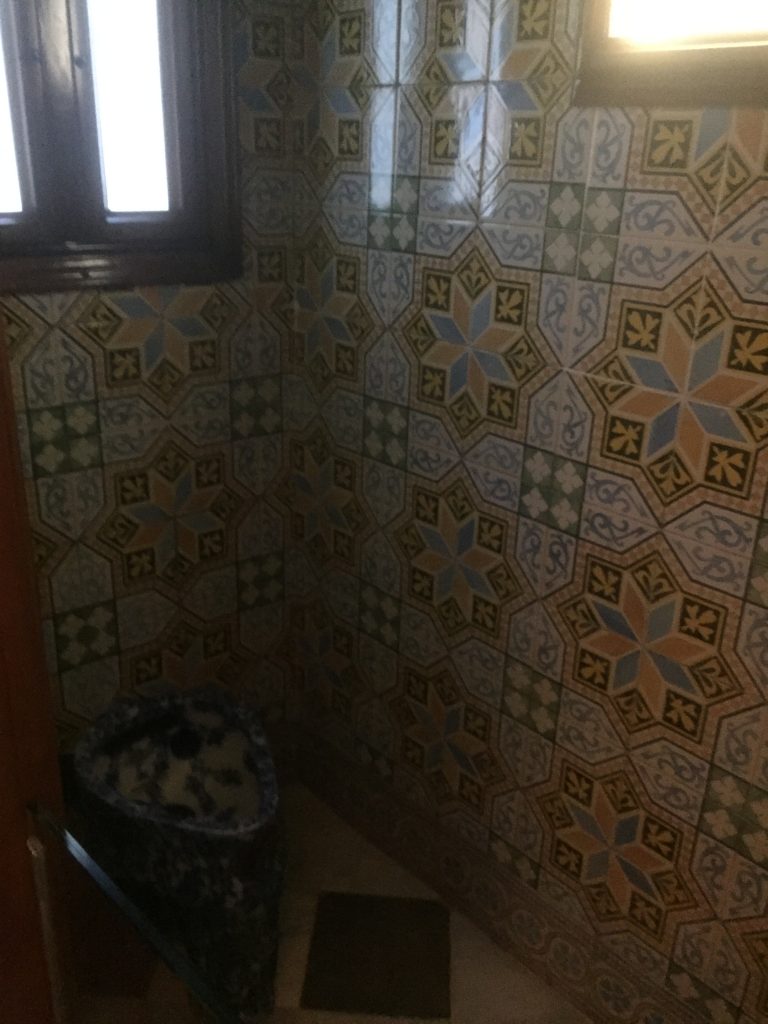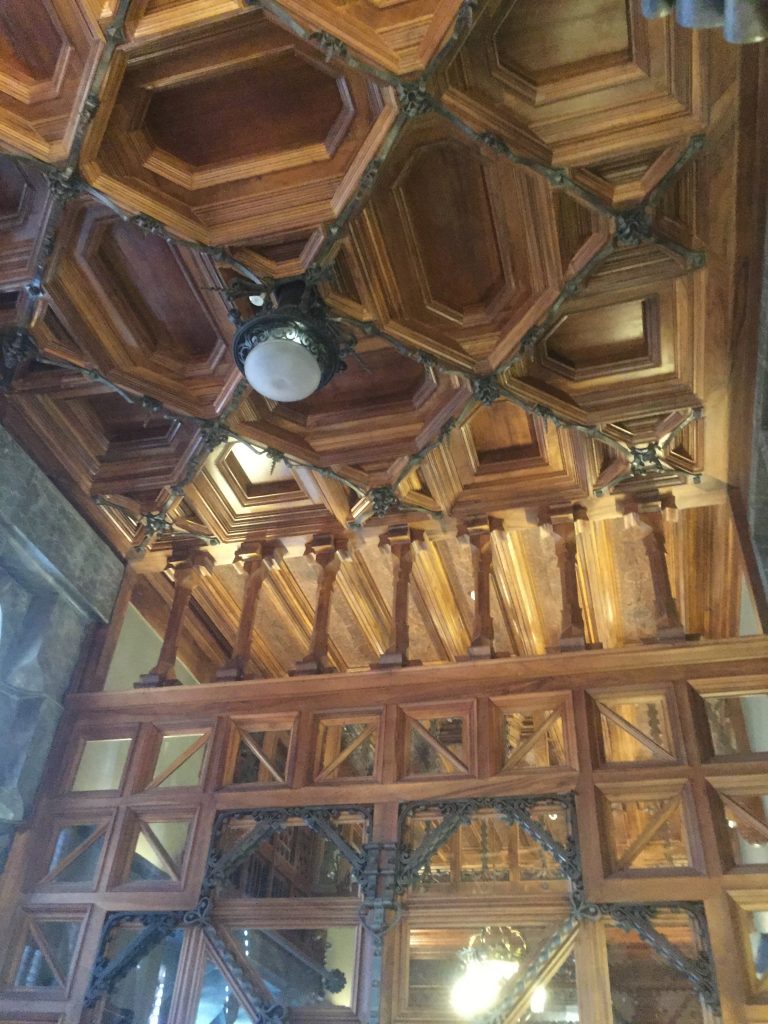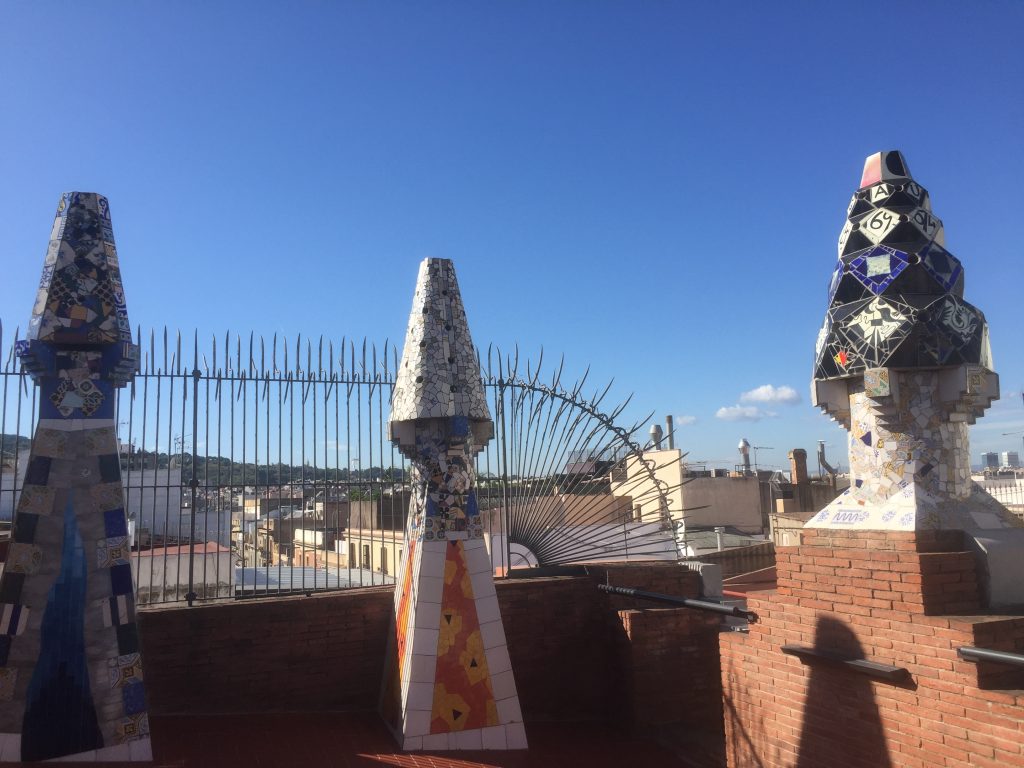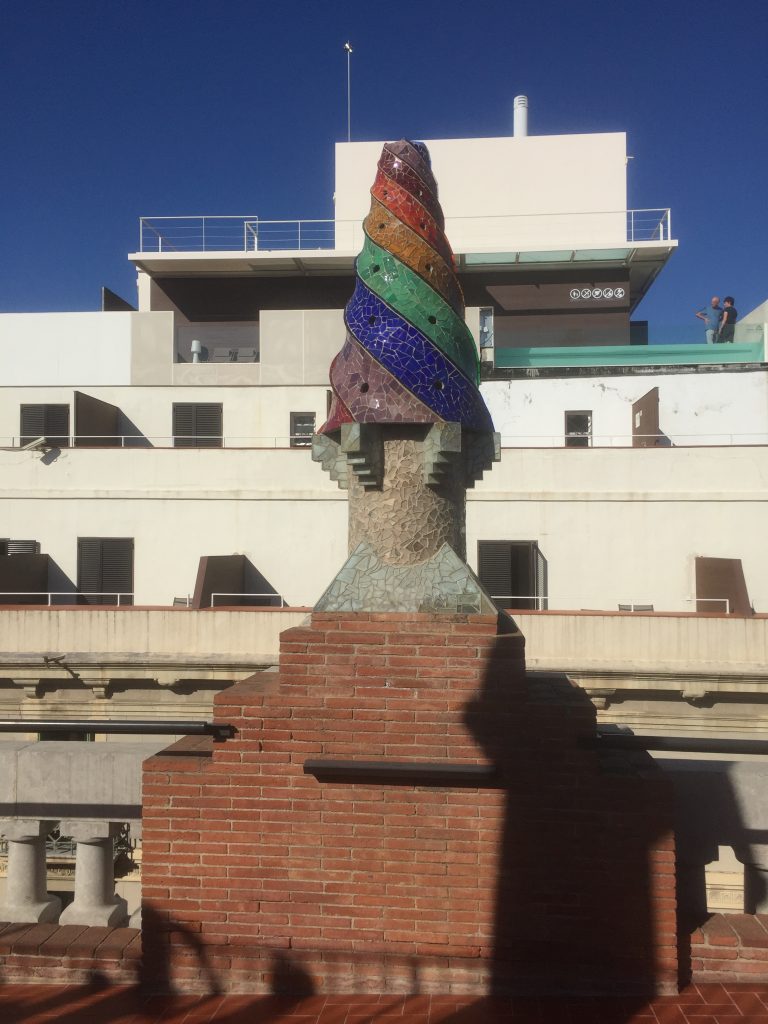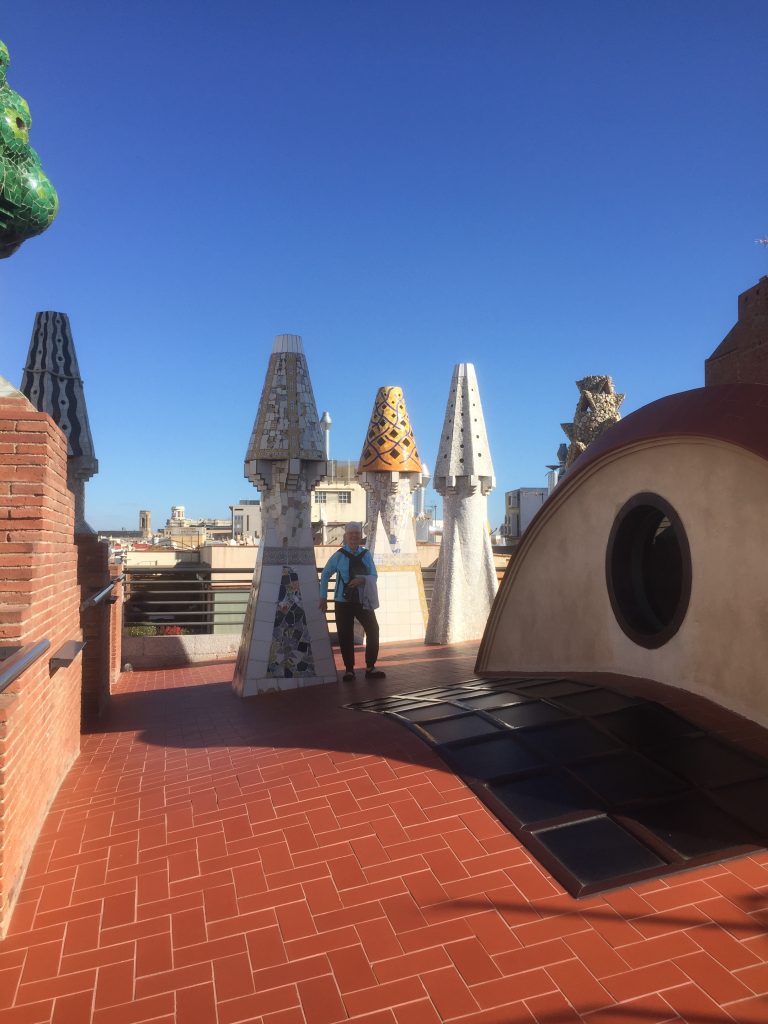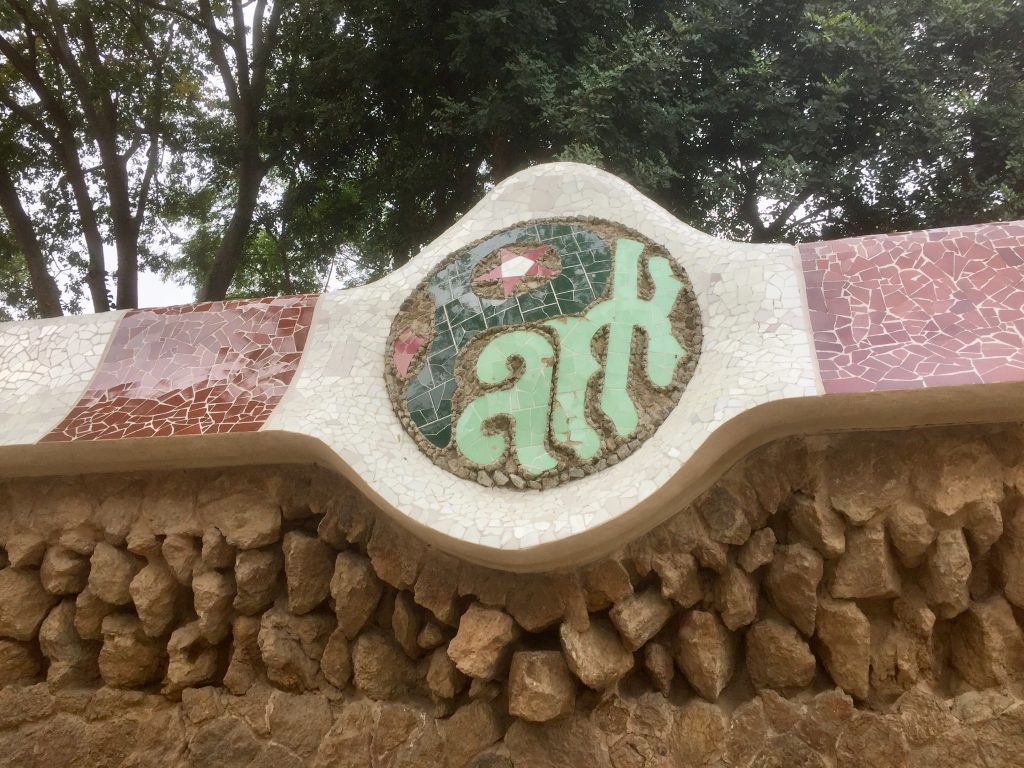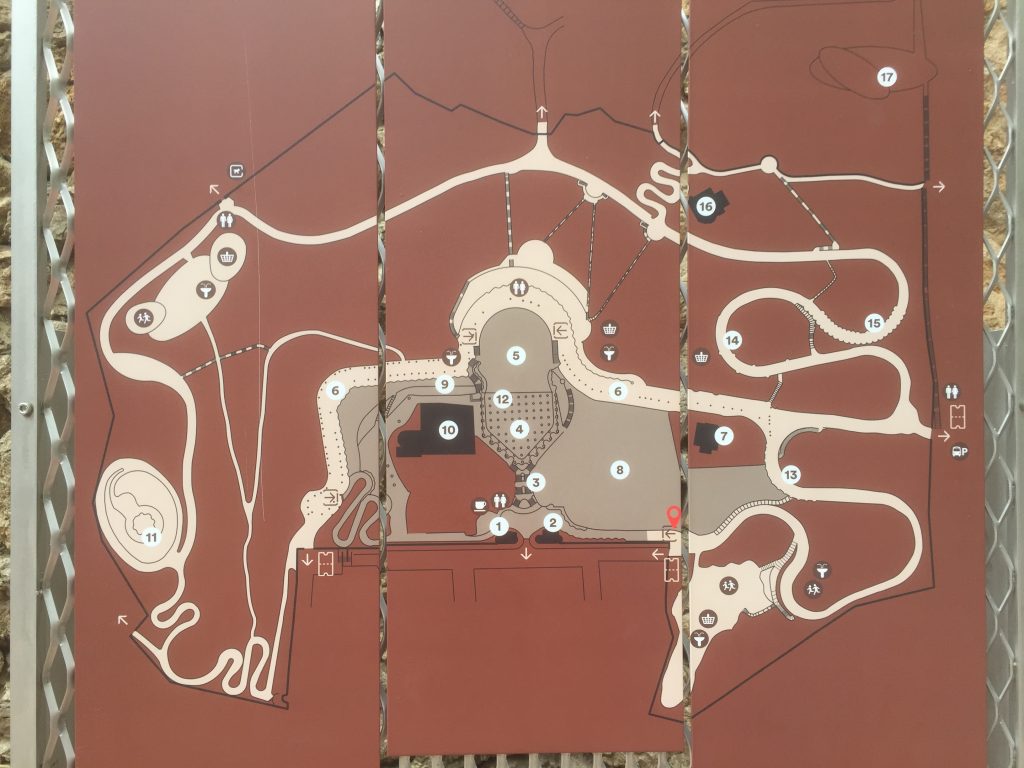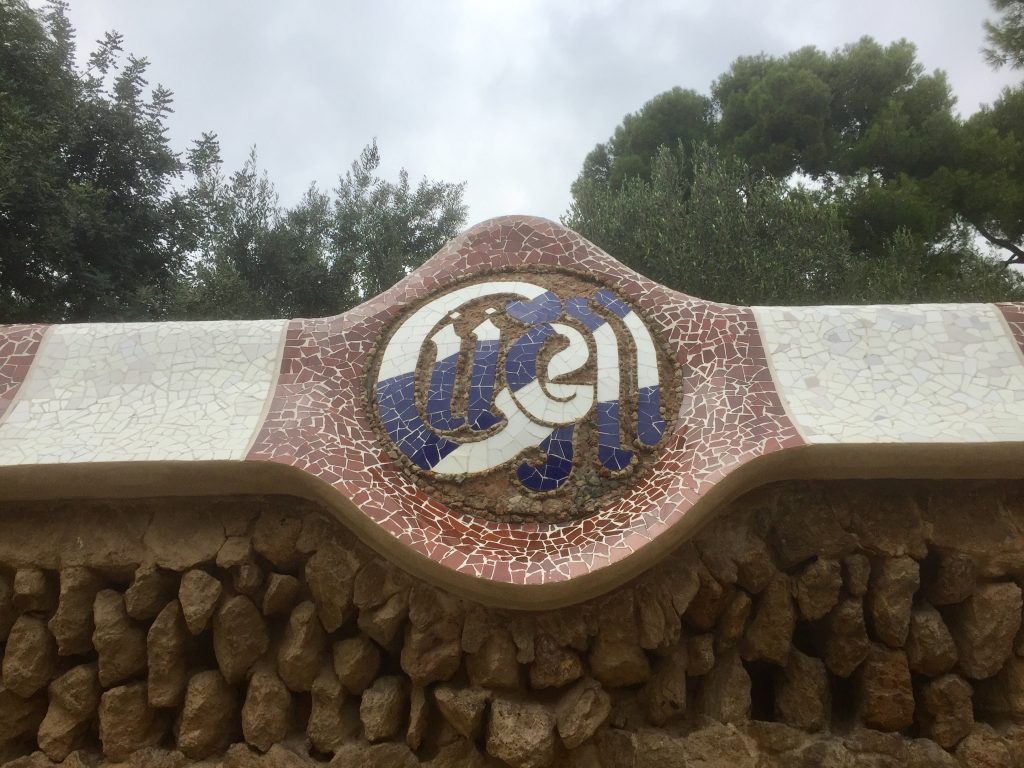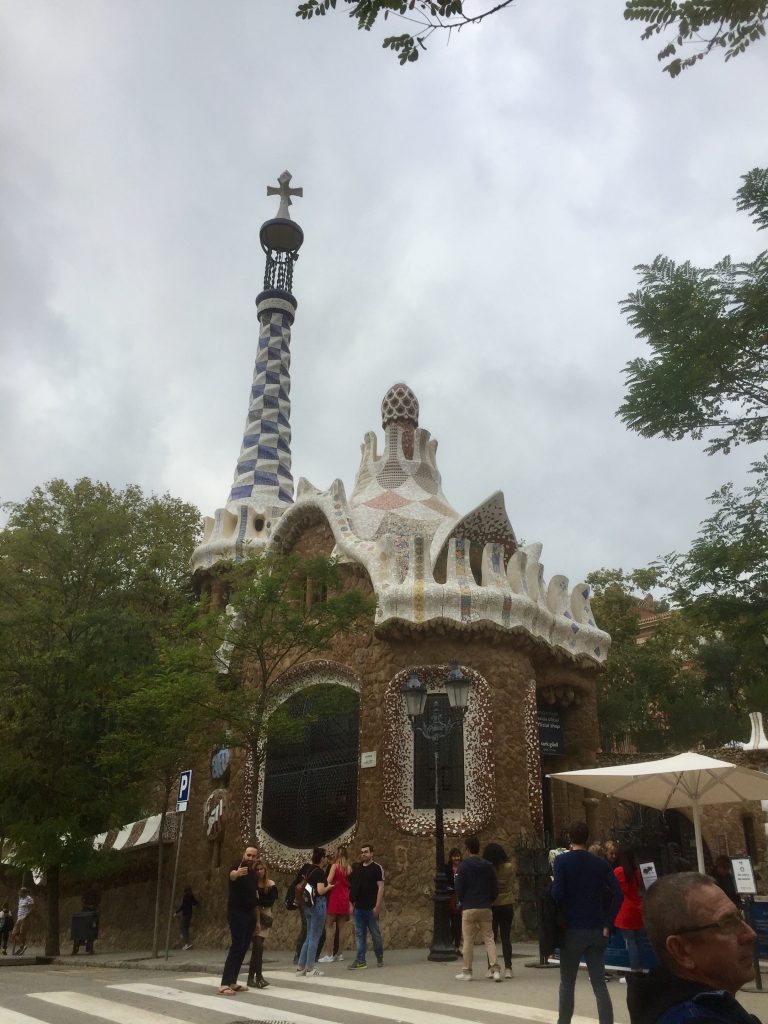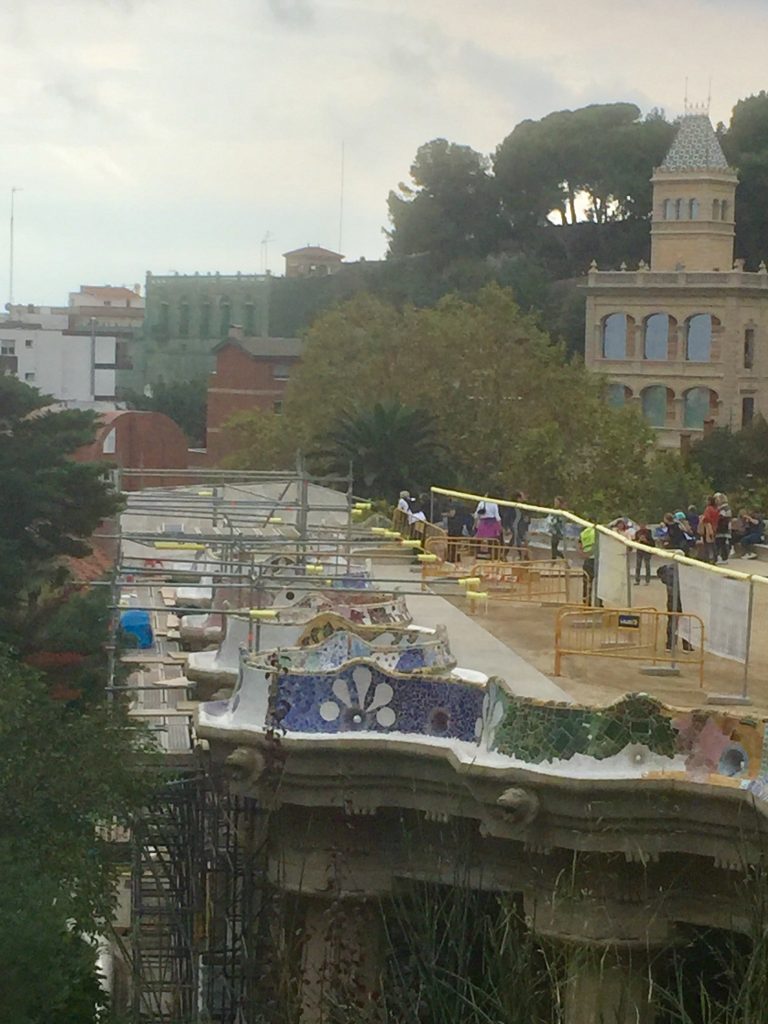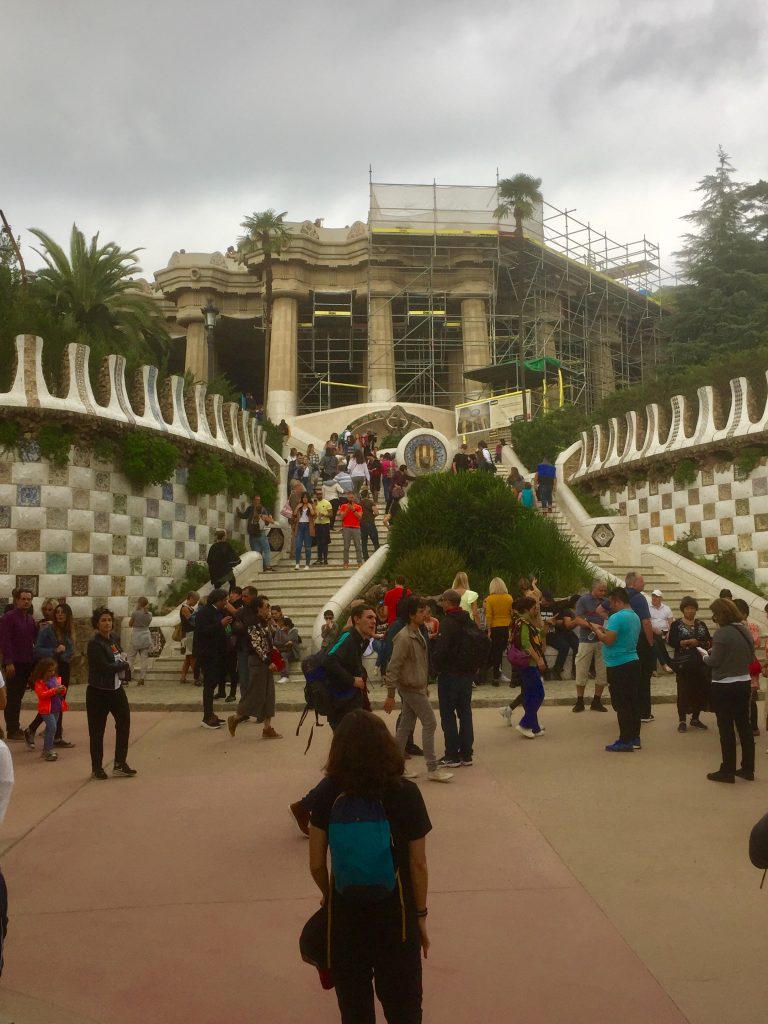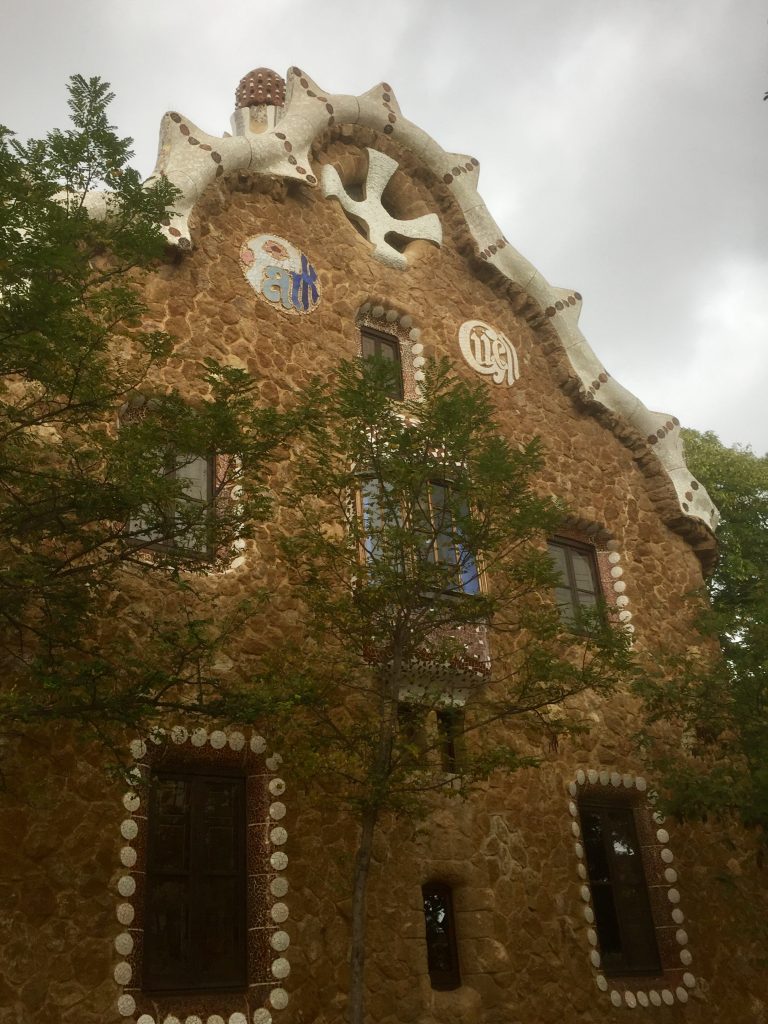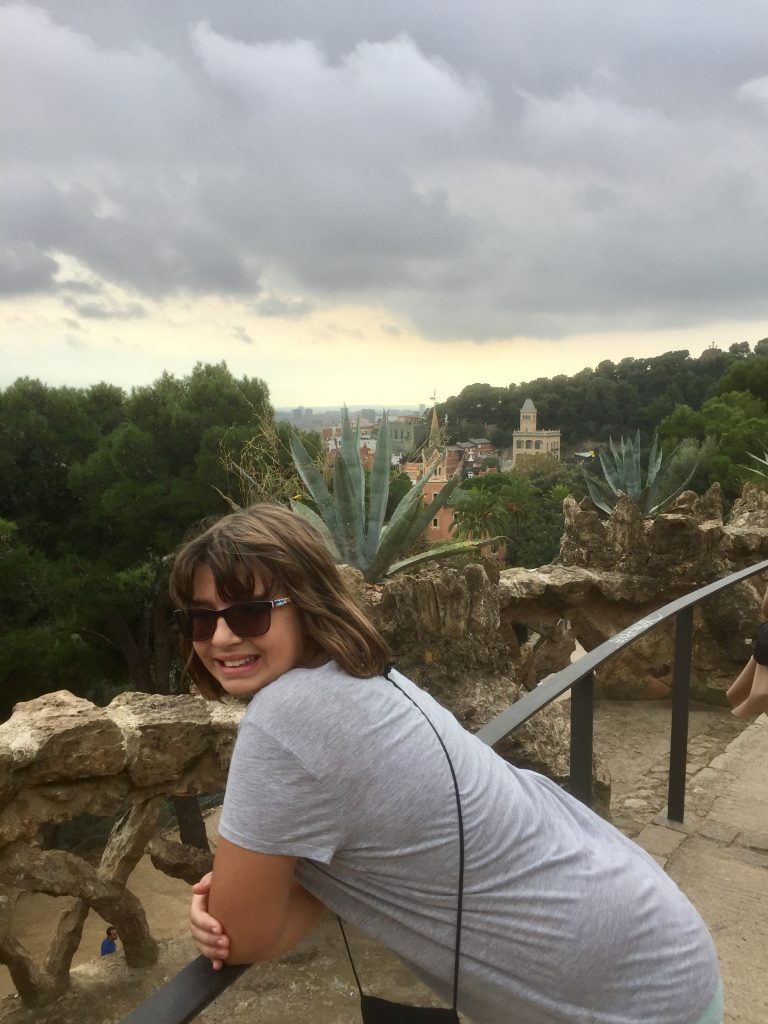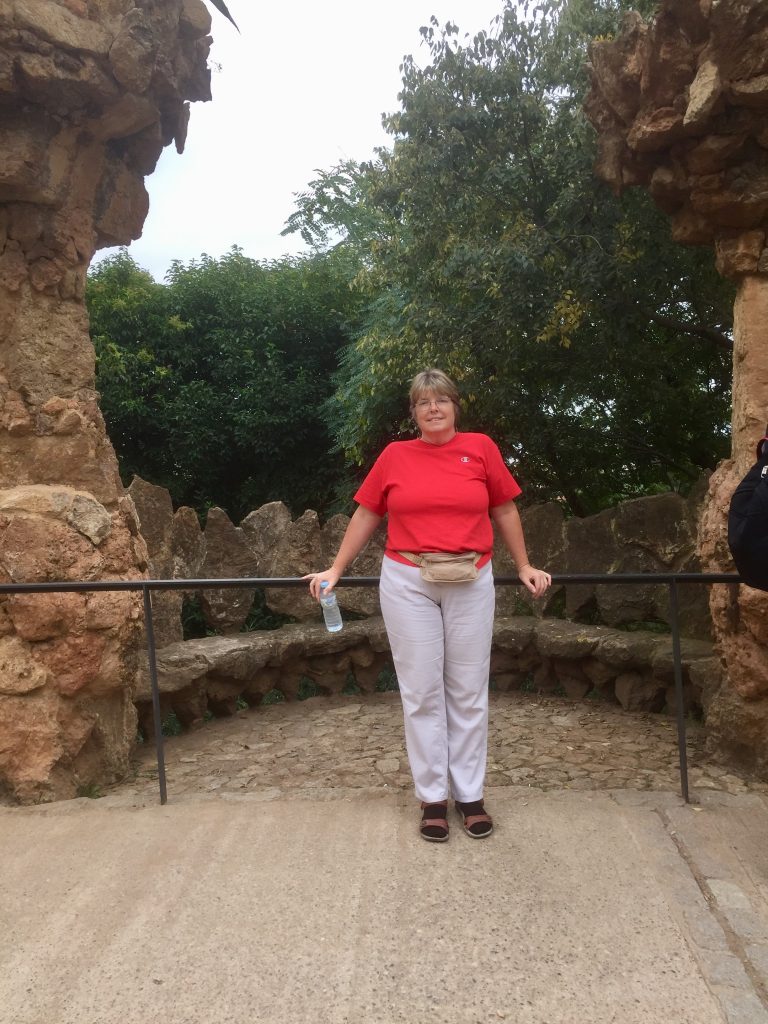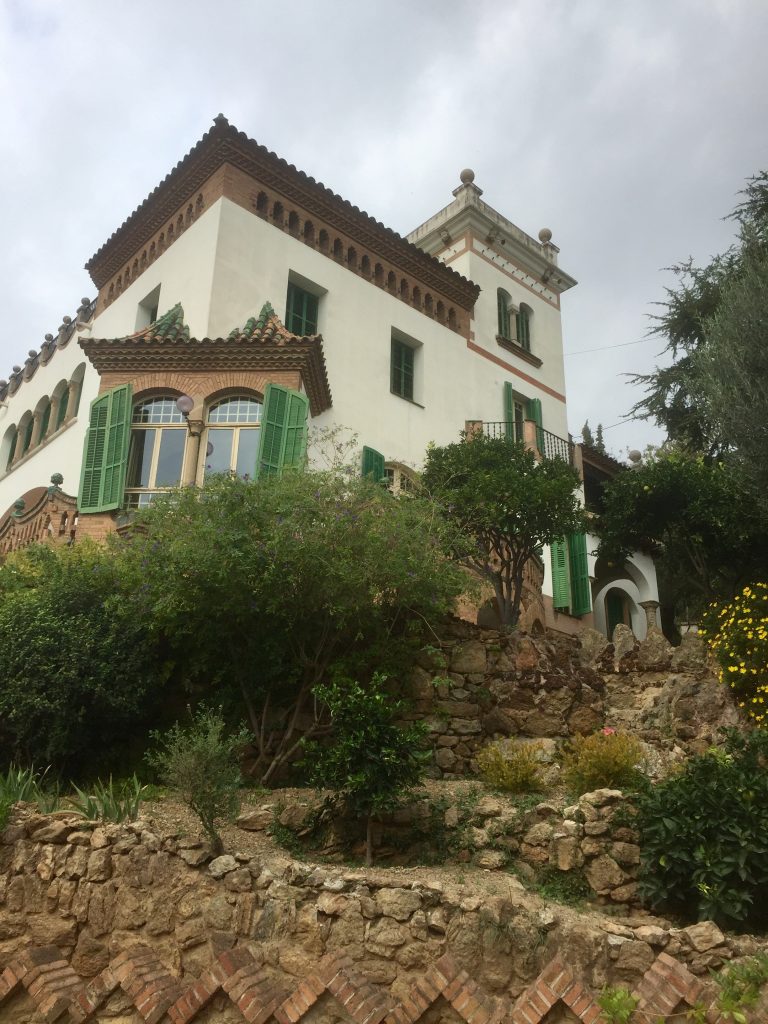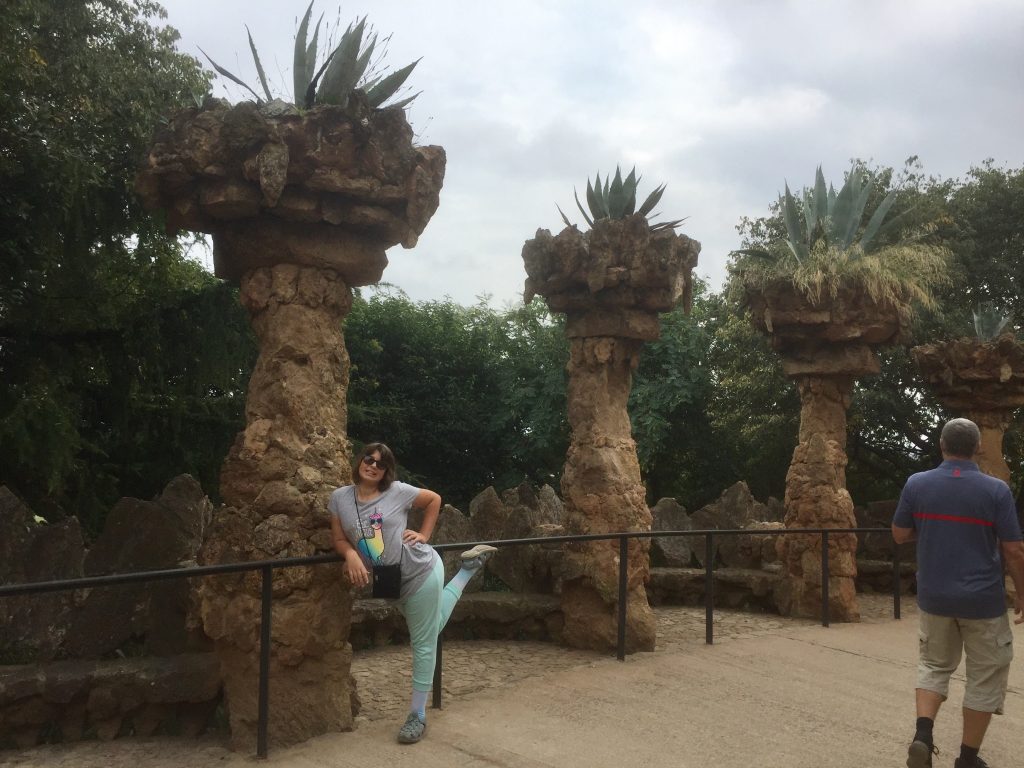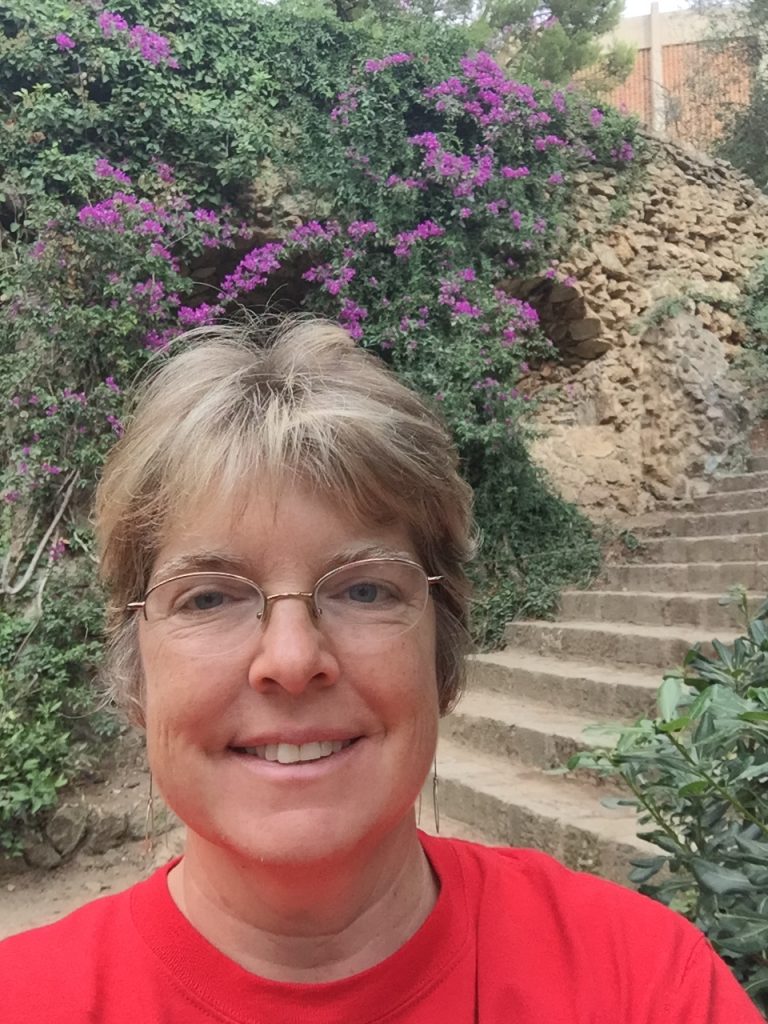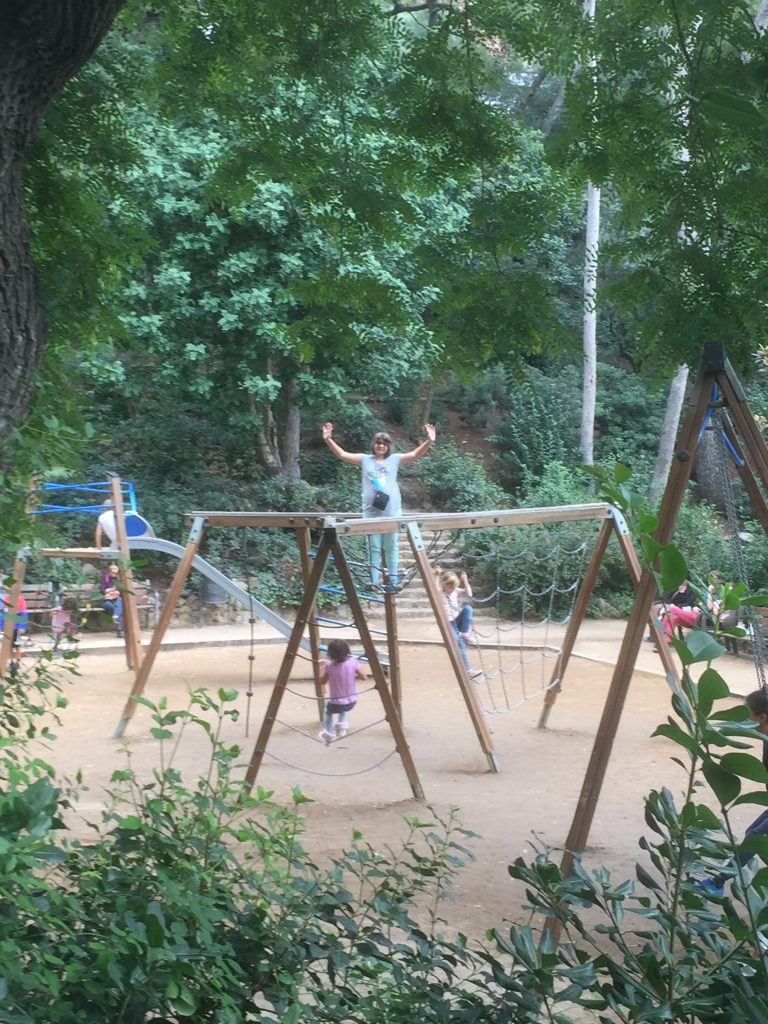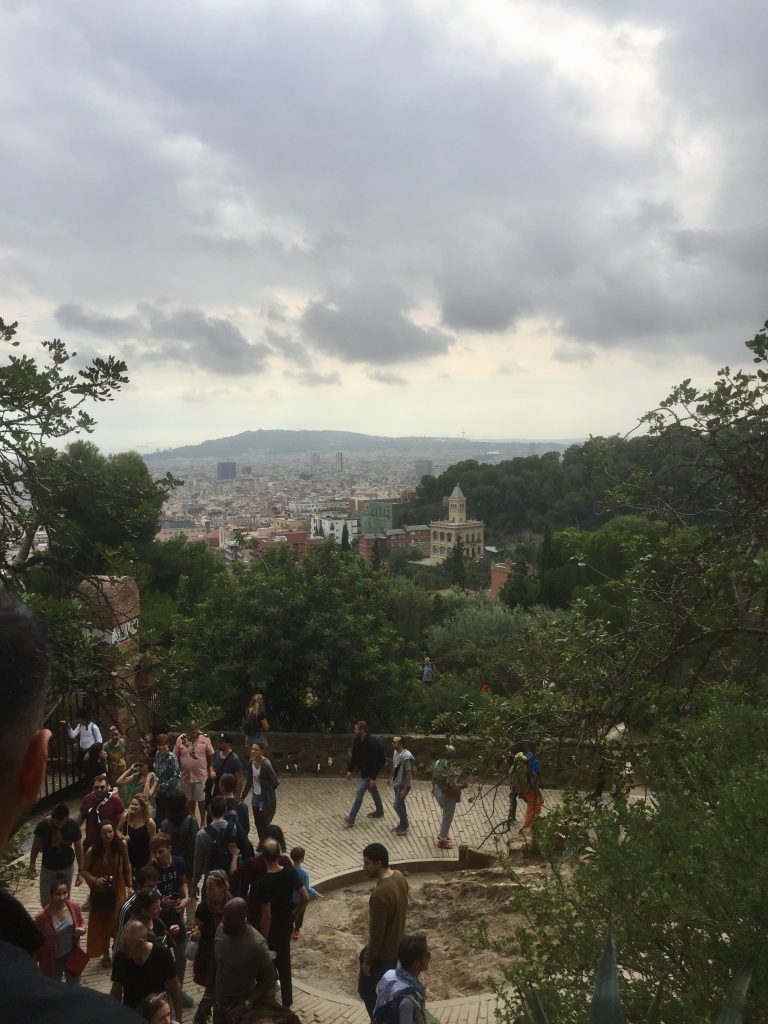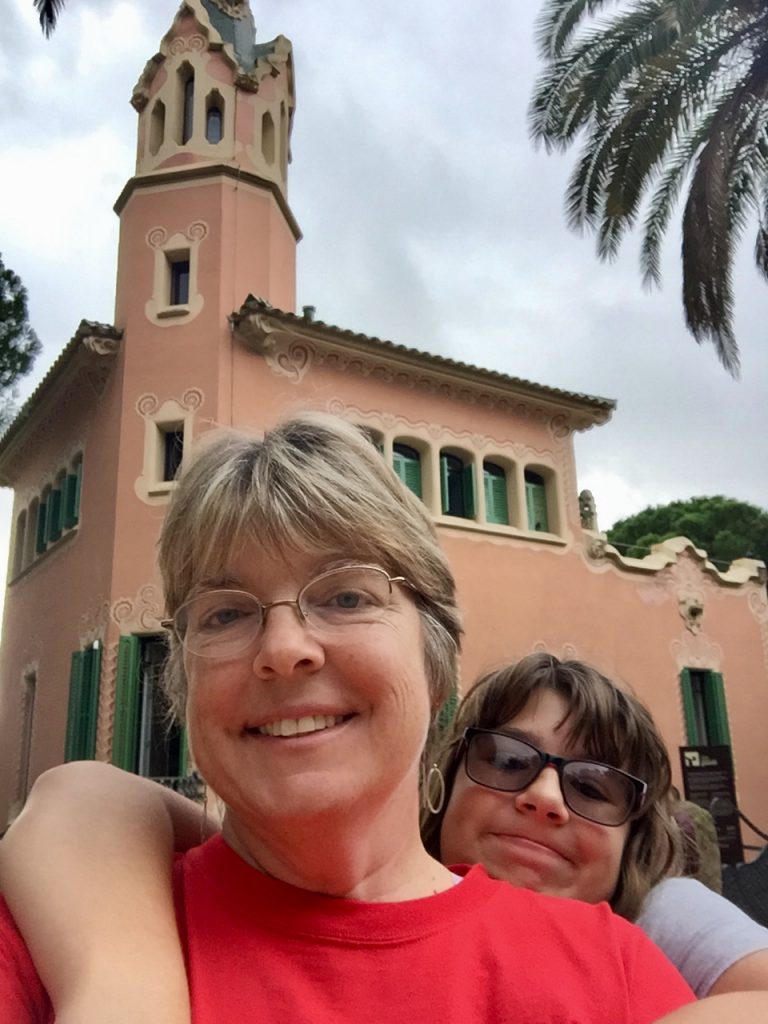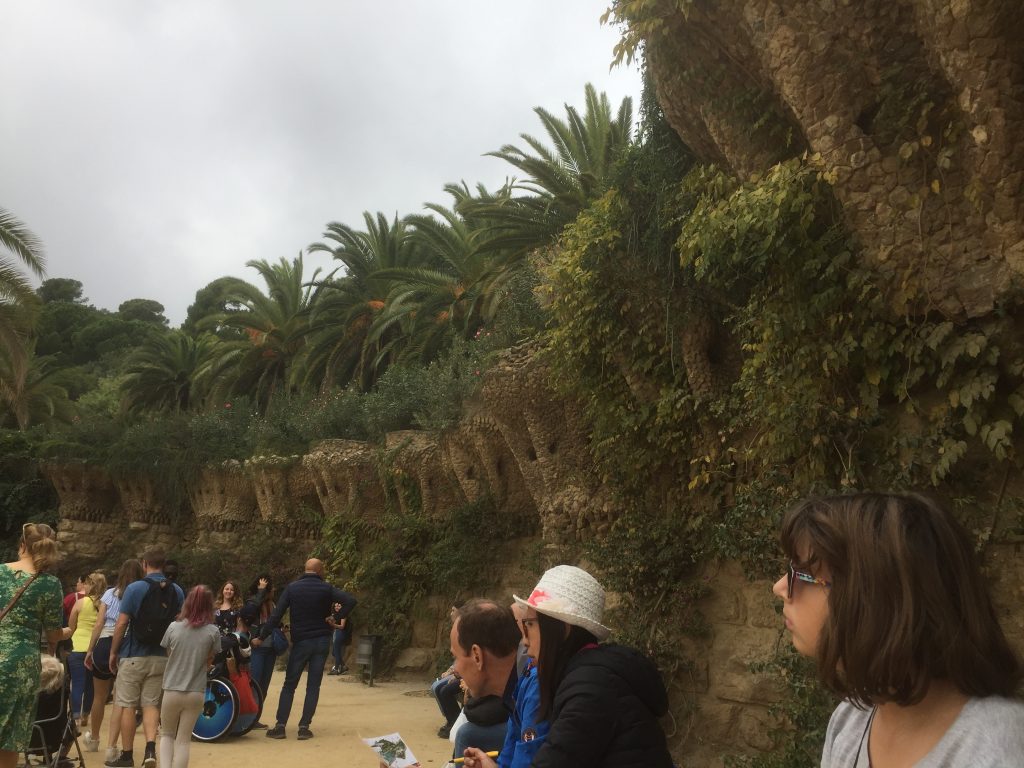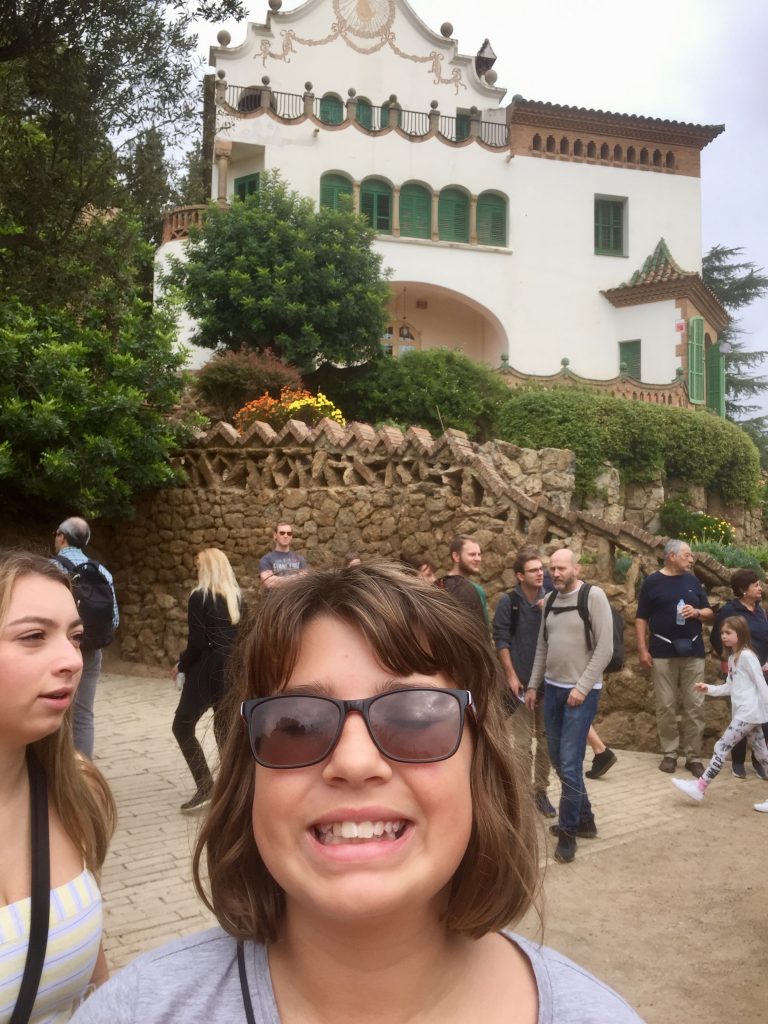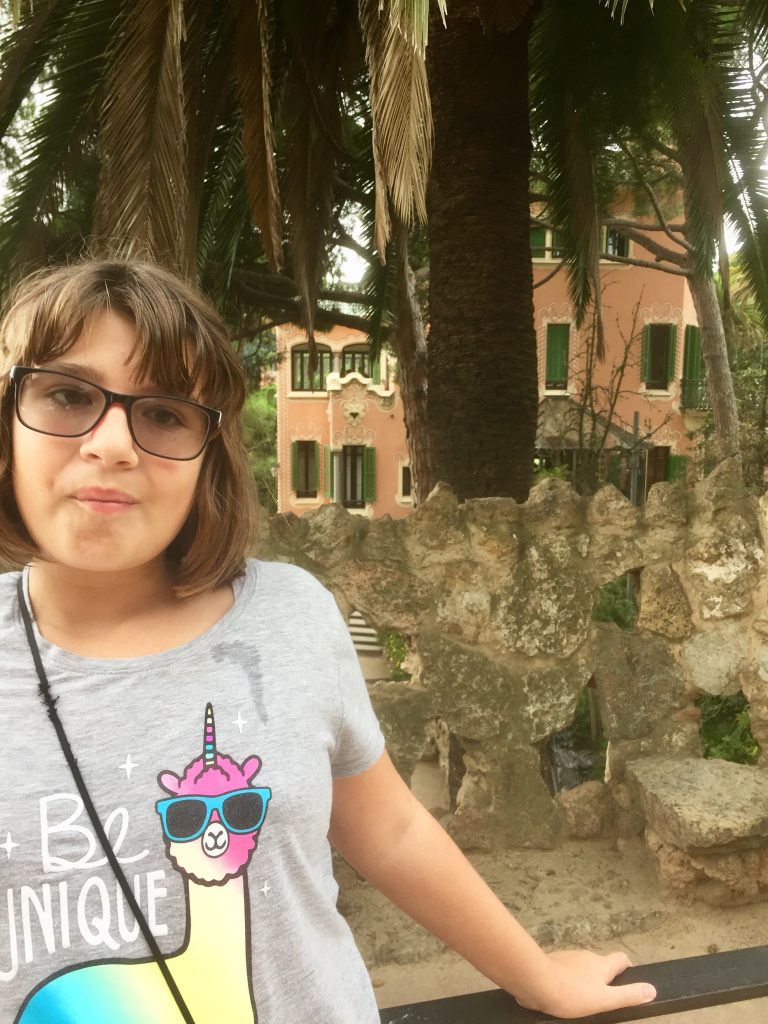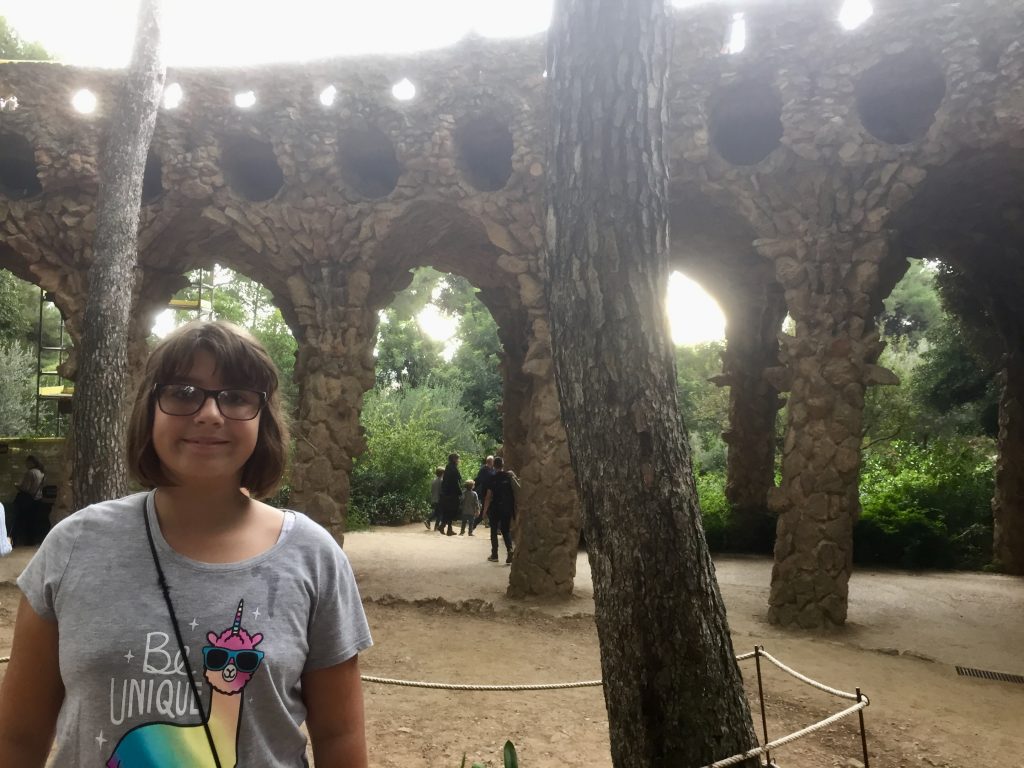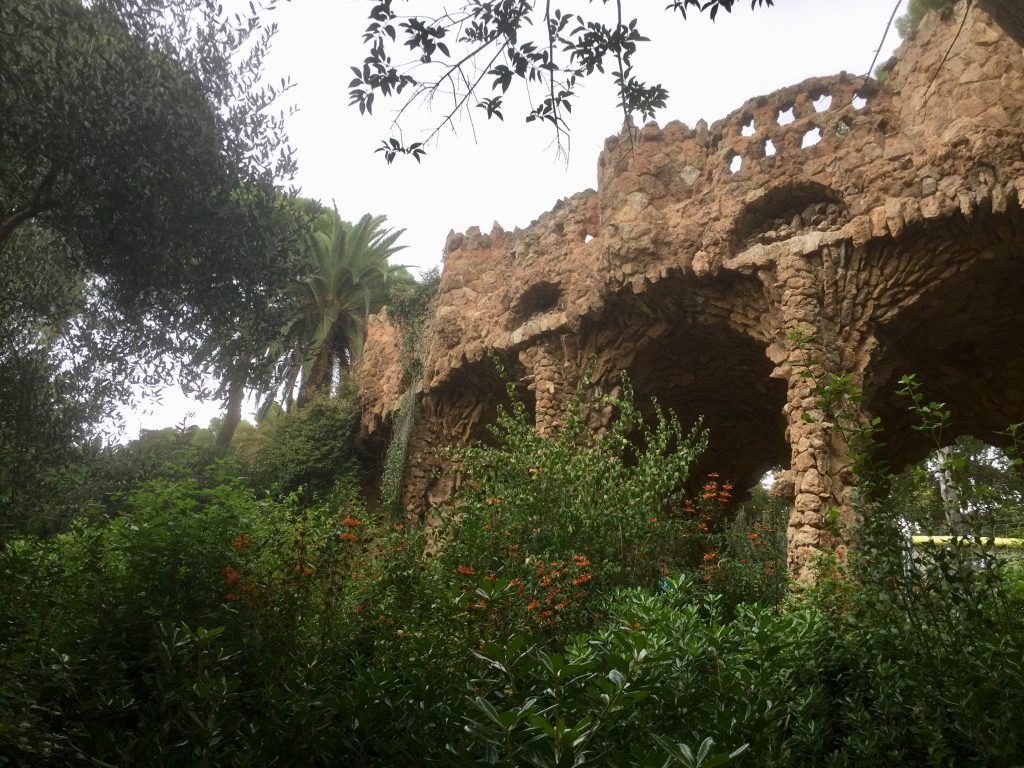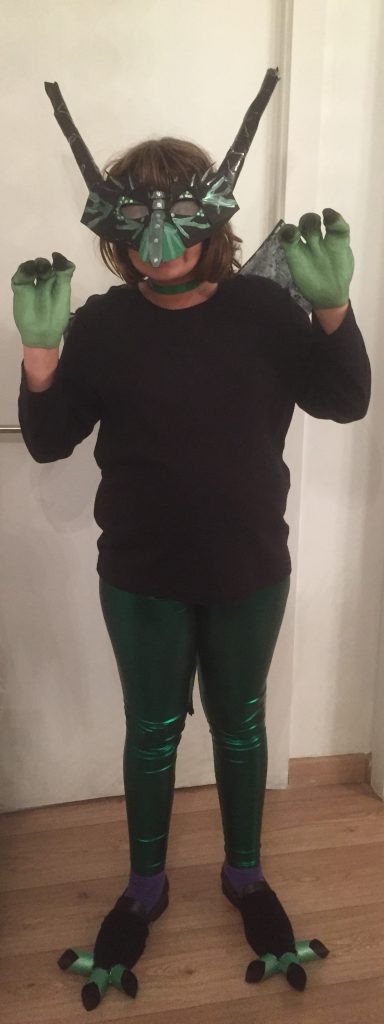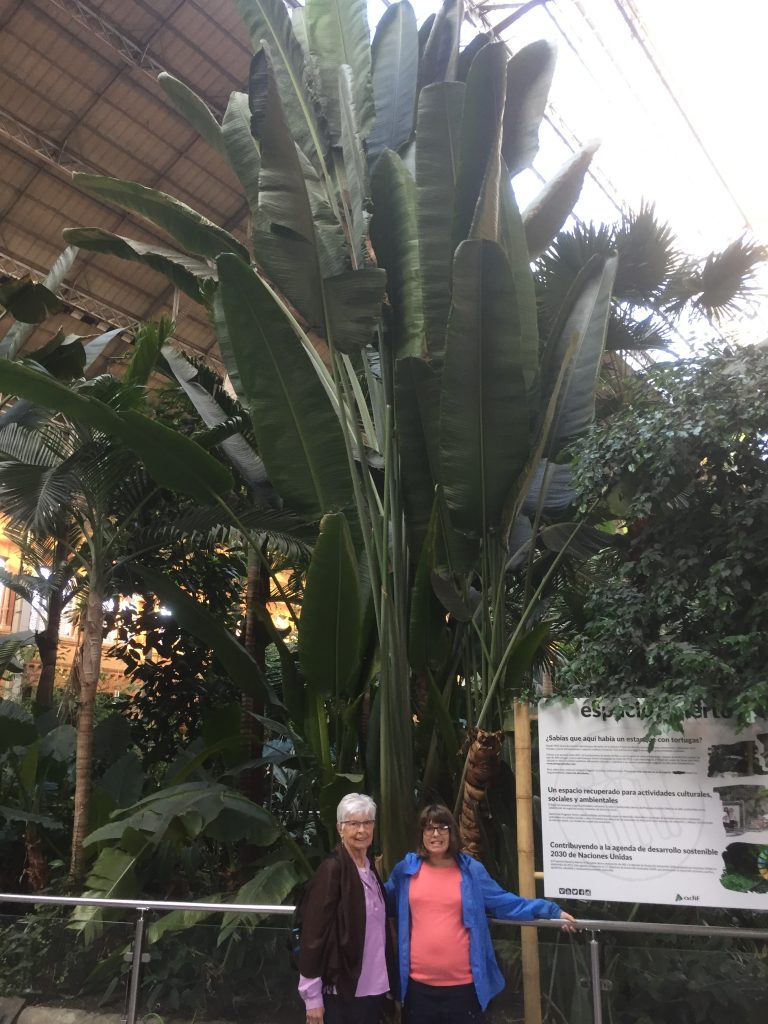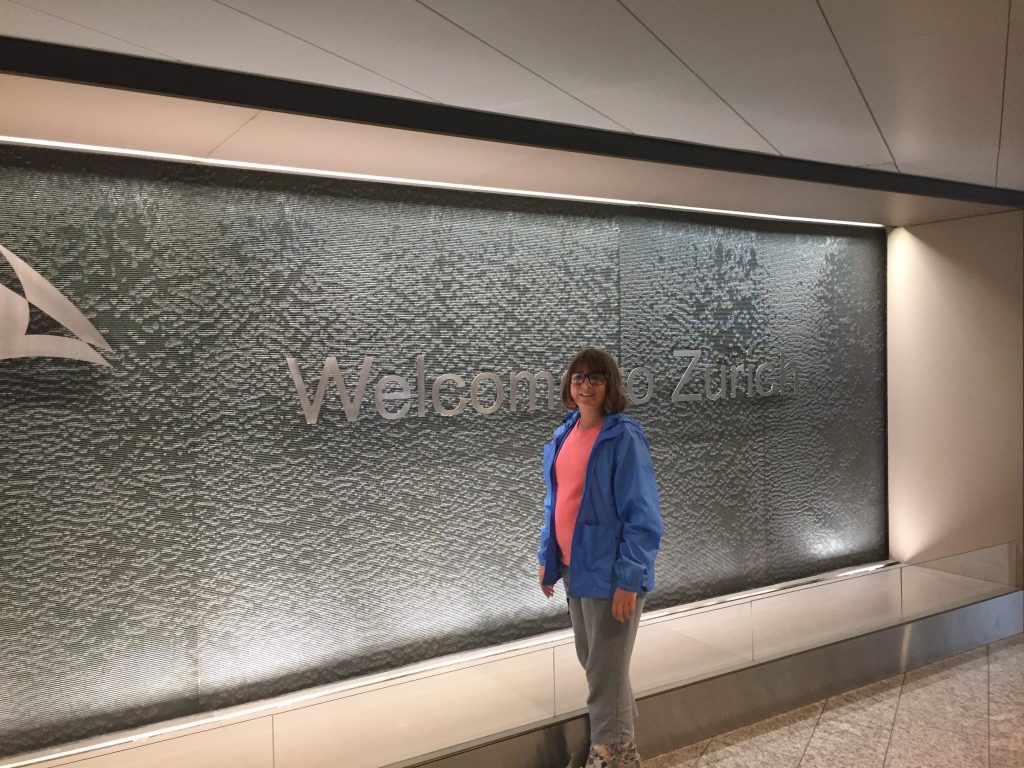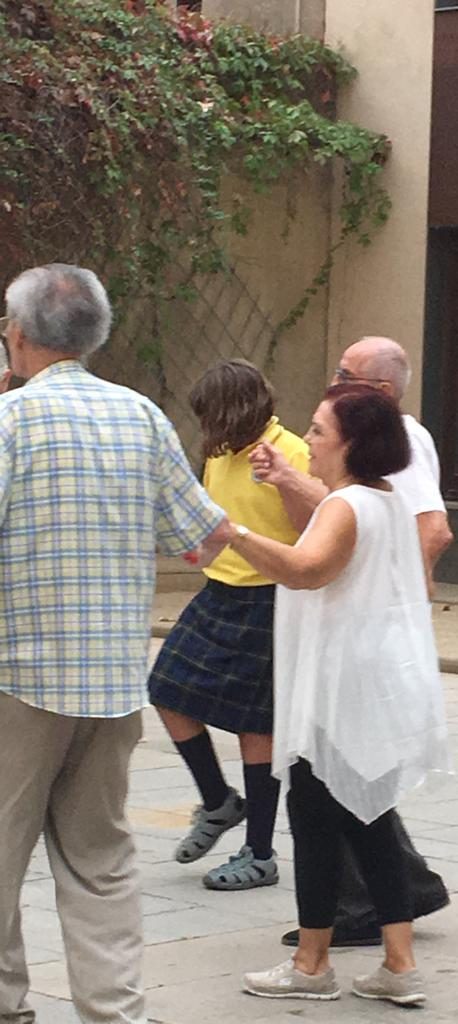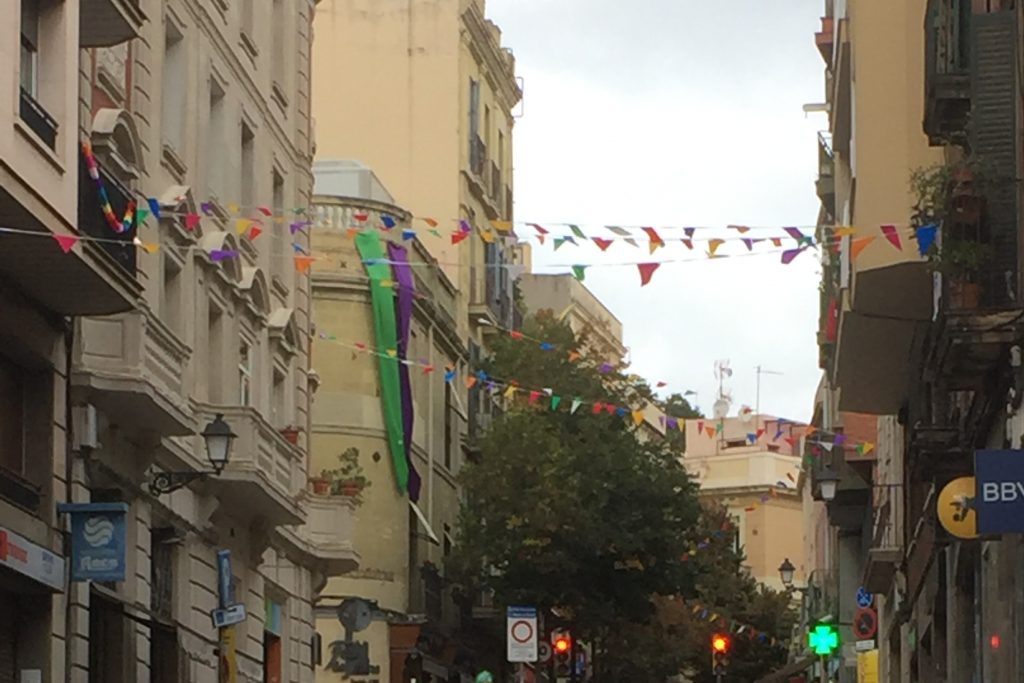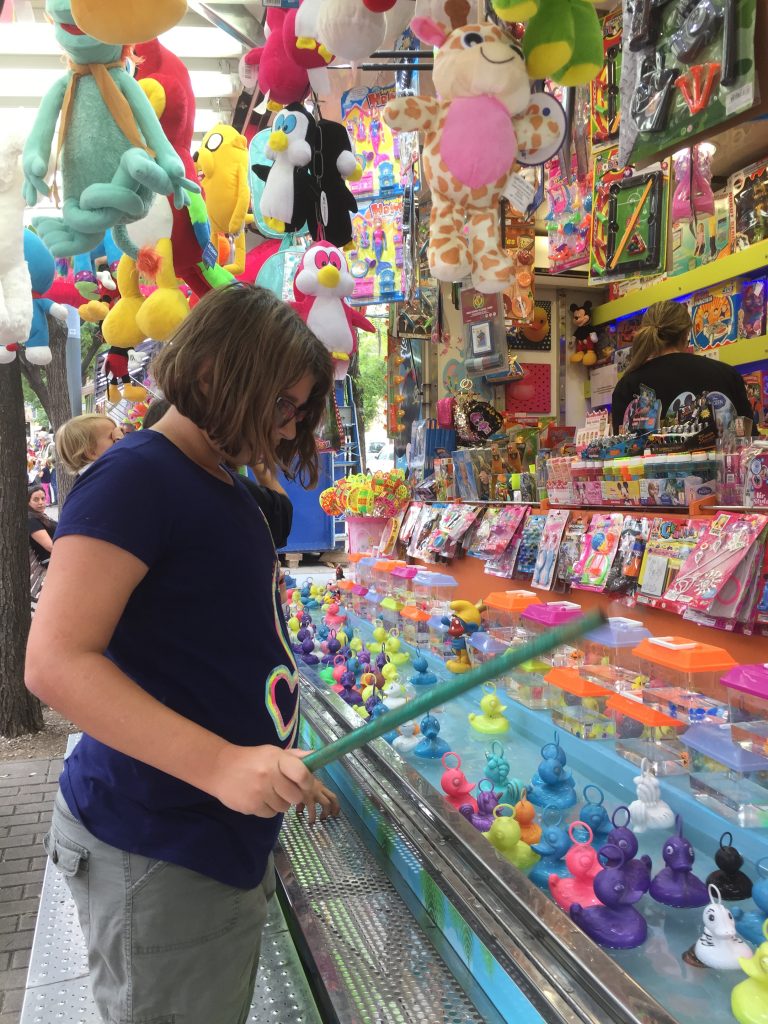As a reader, when I find a writer whom I enjoy, I am a glutton – reading every book with a voracious hunger, single-mindedly devouring every word and savoring every mental image until there is nothing unread remaining. Then, I become impatient for the next story. When will he release the next book in this series? When will I have a new episode of mental-vision to enjoy while I sip my morning coffee or lay in bed at night? What is taking her so long?! Doesn’t she understand that I am waiting here? How hard can it be to just write another freaking book?! I am selfish, demanding and easily frustrated. If the wait is too long, I will often wander away and start the search for a new “favorite” author. A new writer whose works I have yet to sample but appears to have the same potential to entertain me in the engrossing manner I crave. I am a picky reader and I have high expectations for the quality of the material into which I invest my precious time and energy. Finding written works that I enjoy can be challenging, which is a major contributing factor to the frustration and impatience I experience when I realize I have completed the last book in a series so the dishes are empty and the kitchen is bare.
As a blogger, not an actual writer but more of an essayist or, using the same descriptive thread, the garde manager or pastry chef responsible only for the small, simple dishes that are tasty morsels but not quite a meal, I have to be careful not to spend all my time with my devices in hand, taking photos, making notes, writing down snippets of thoughts and ideas to include in the next blog publication. The blogging process can be addictive and all-consuming much like reading. The only difference is I am recreating events in order to share them with others – I’m seeing them again in my mind and perfecting the way they are arranged, described and presented in order for the person reading my words to be able to fully appreciate and enjoy that experience as I did. I am the chef perfecting the dish so that it is plated attractively, smells tempting, tastes exactly as anticipated and is altogether an exquisite experience. Well, hopefully anyway. The point is, if I am not mindful as a human who is also invested in relationships with other humans (family and friends), I can easily allow blogging and all that is associated with it, consume me and ultimately detract from the very thing about which I am blogging – my life.
All that said, to readers who are like me and have pointedly noticed my 6-week hiatus, I apologize for my absence. I have been enjoying the recent holidays, traveling, cooking, spending time with family and friends and, finally, accumulating material about which I may now blog. 🙂 Thank you for your patience.



